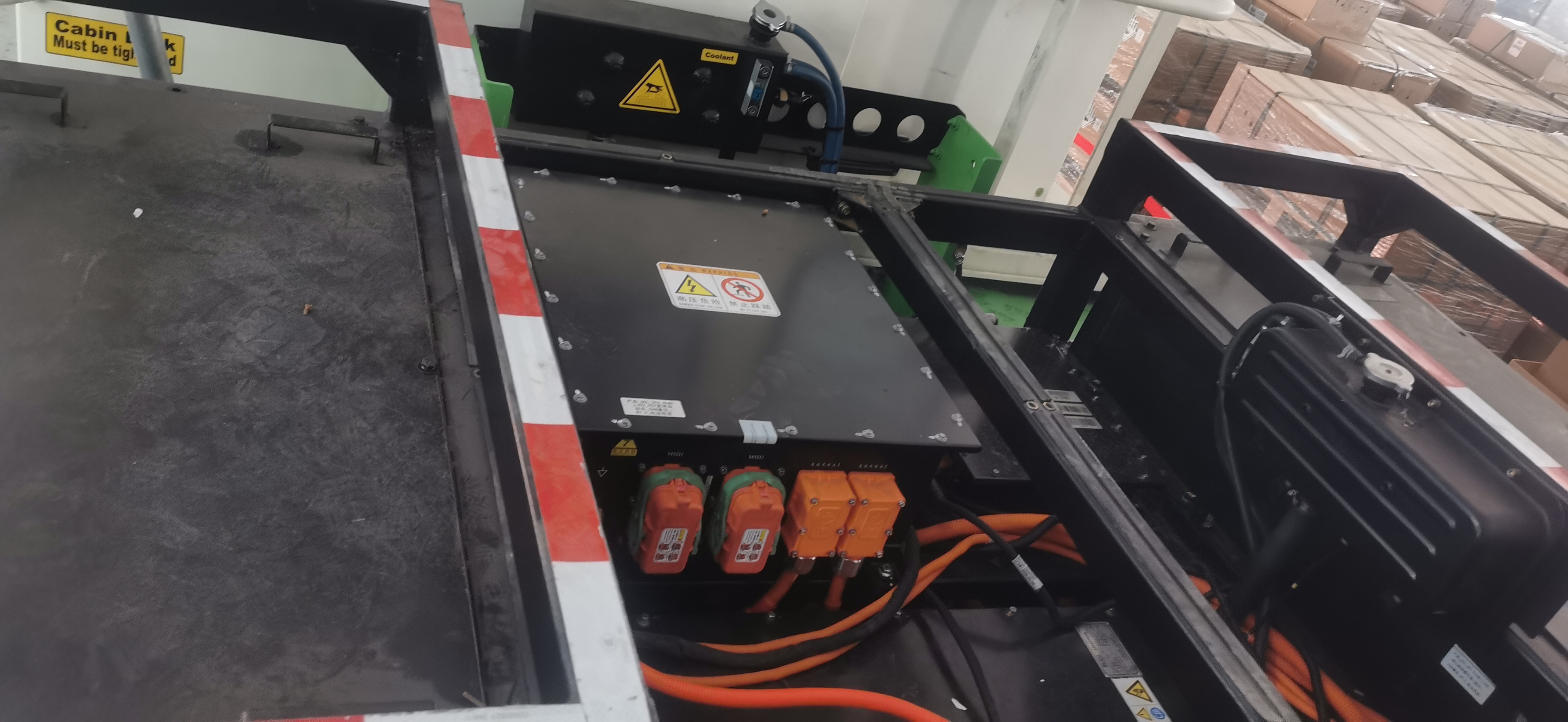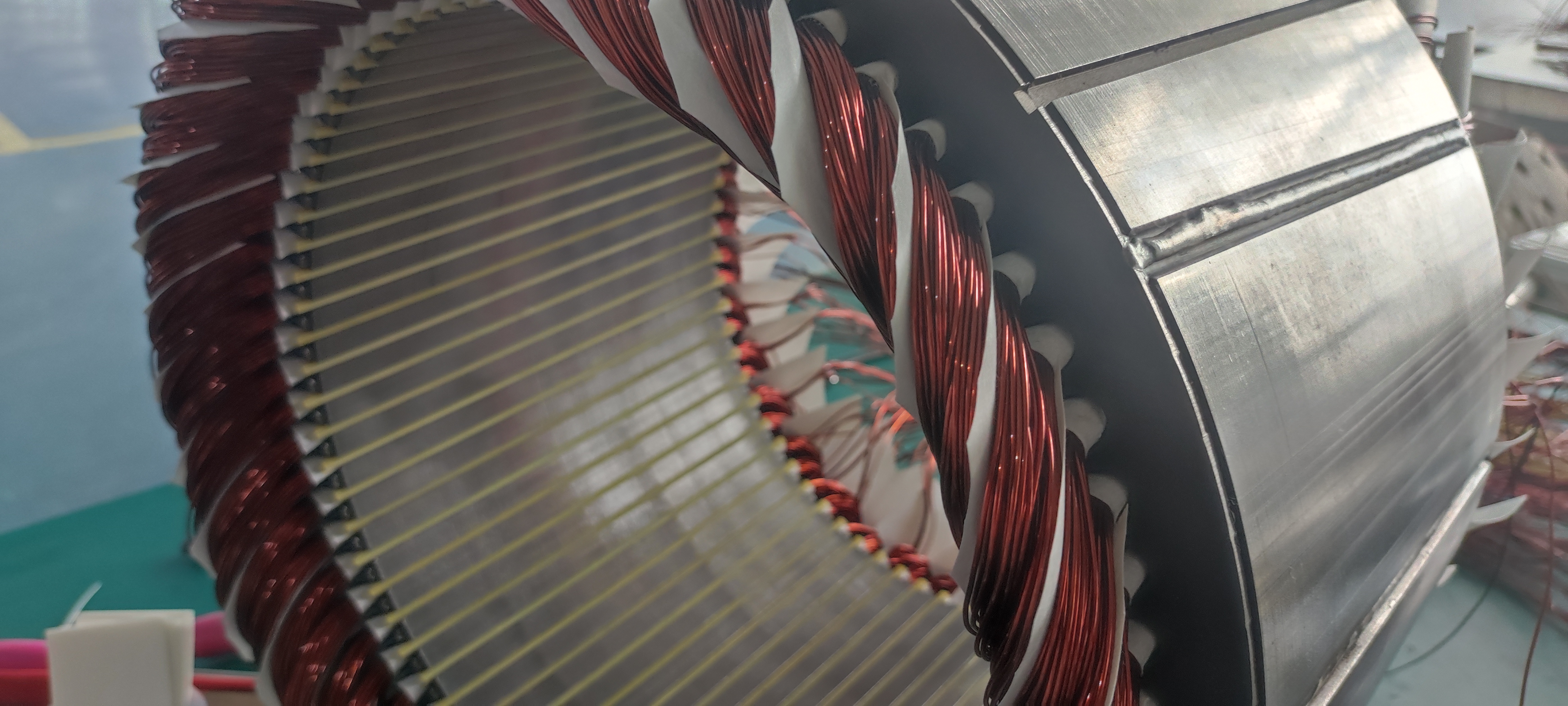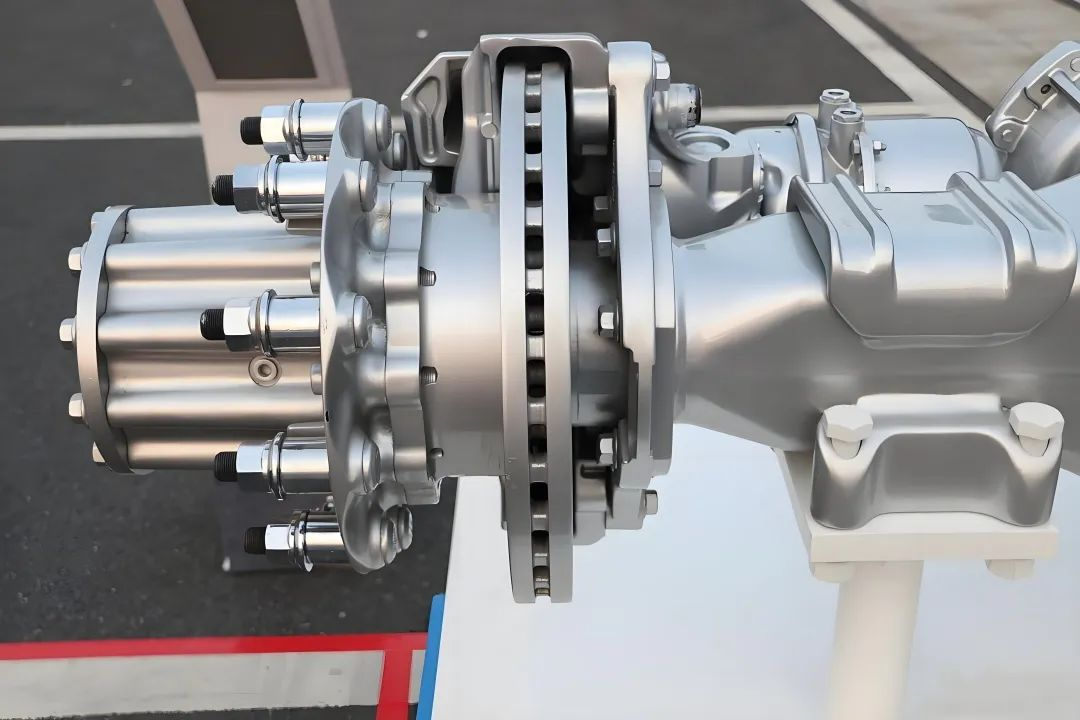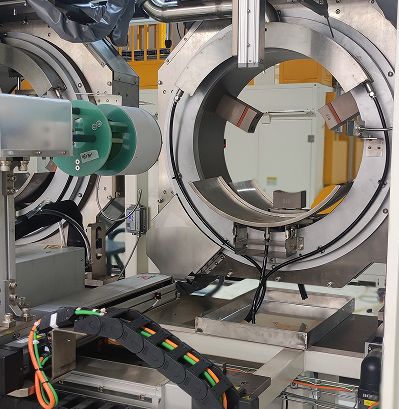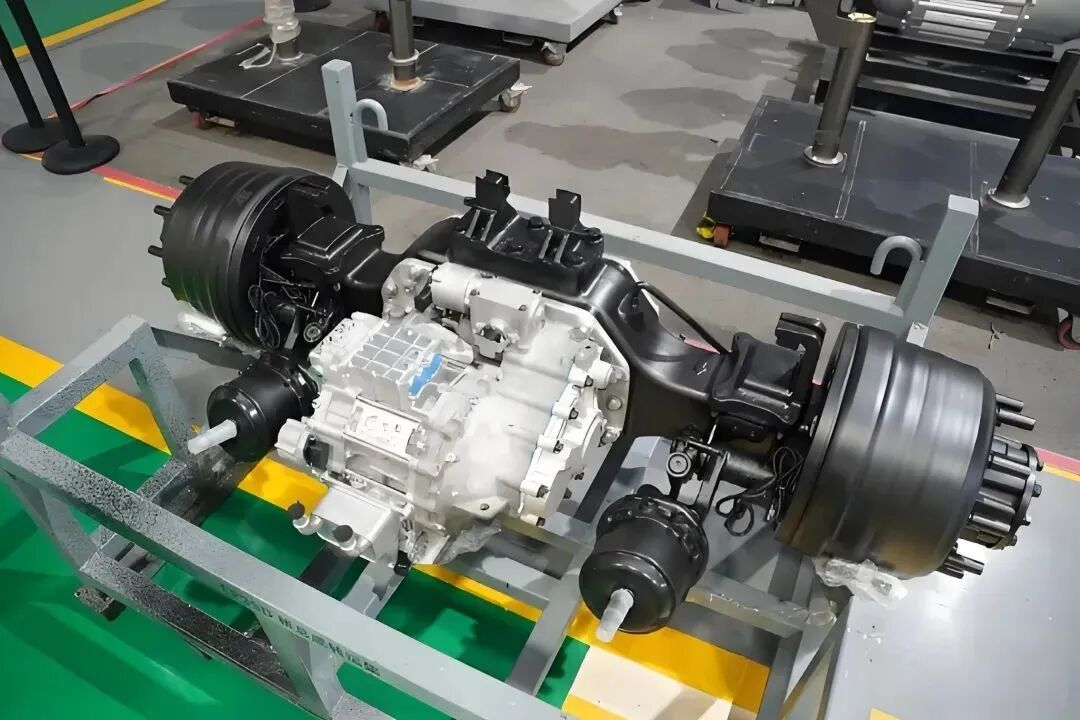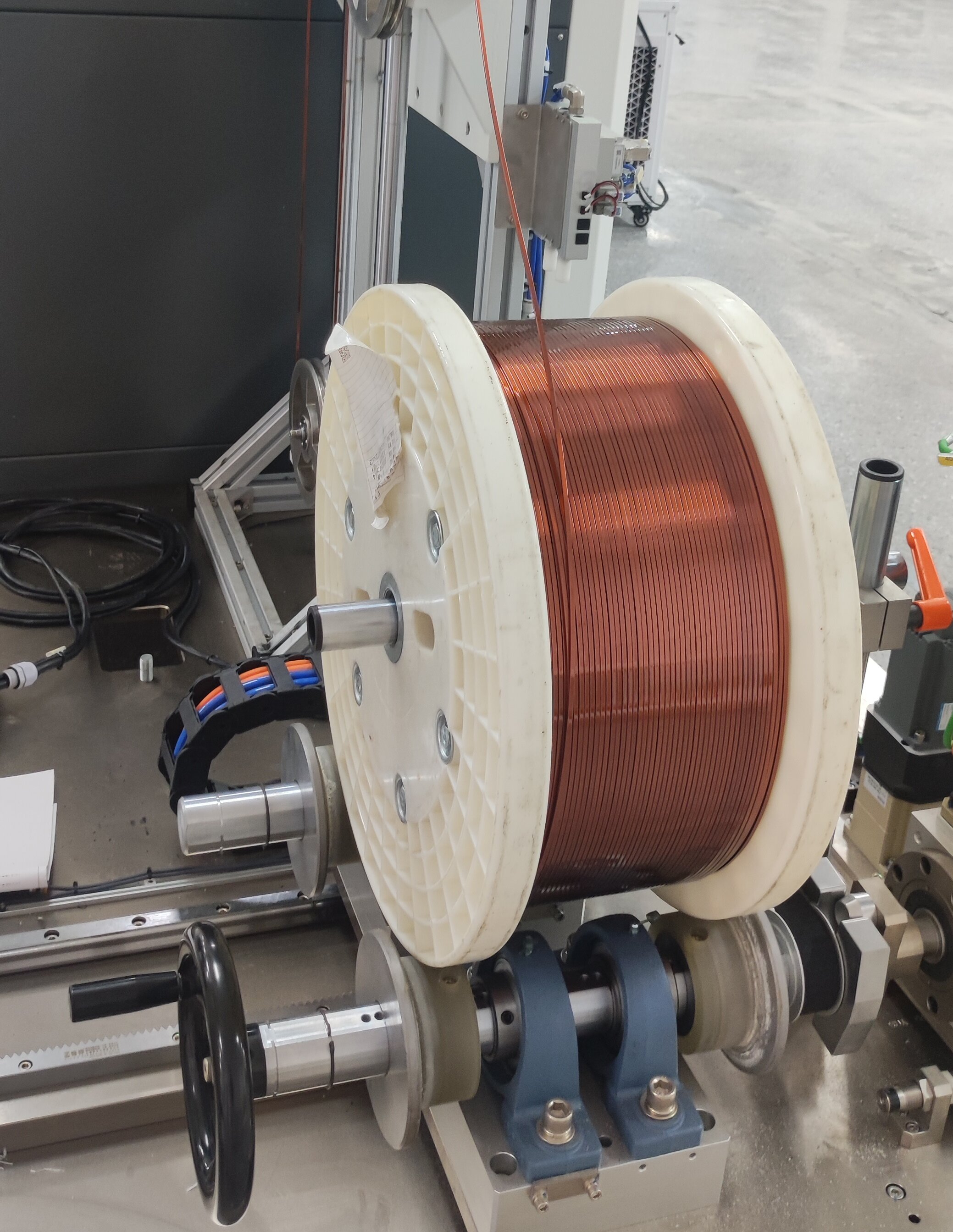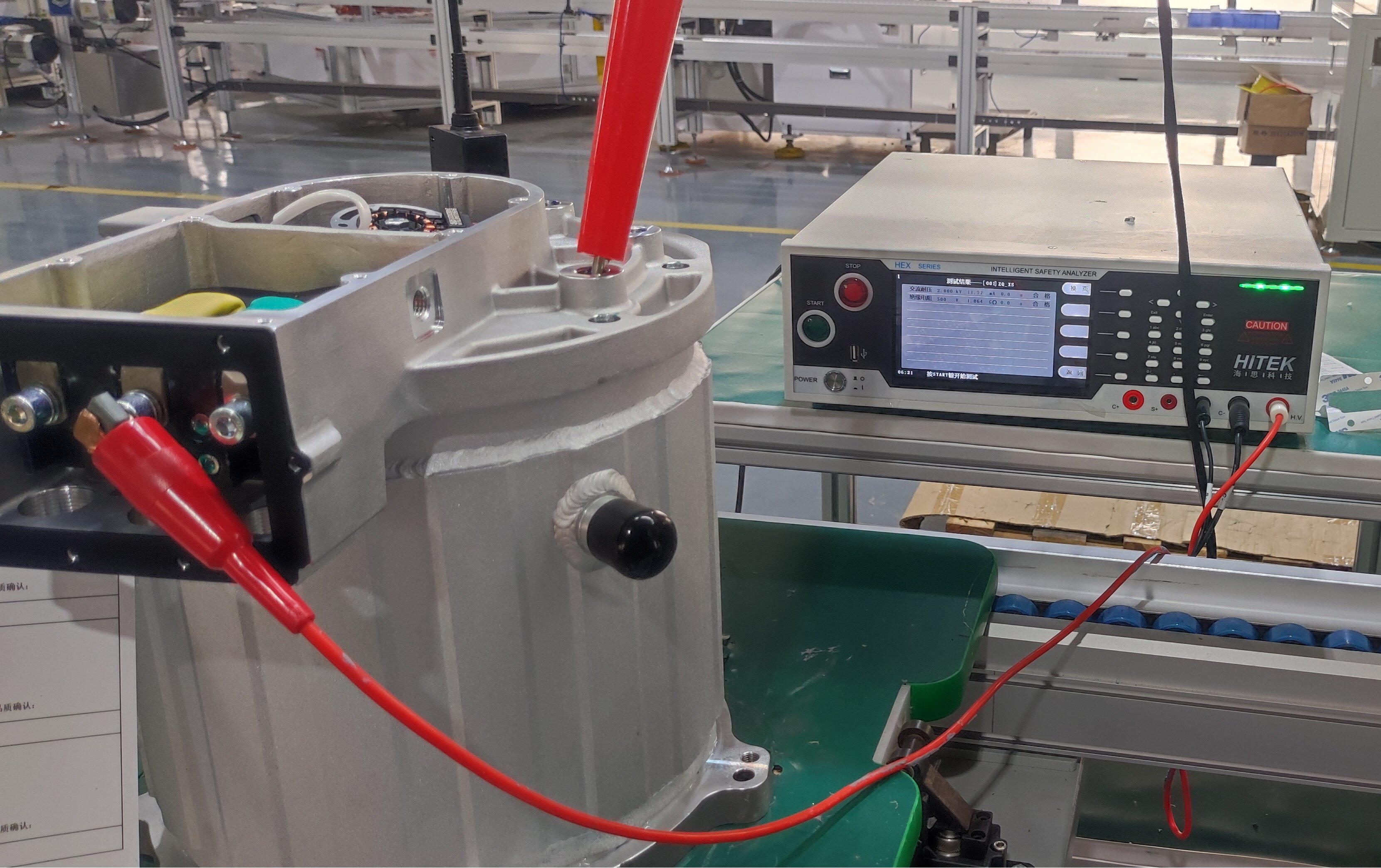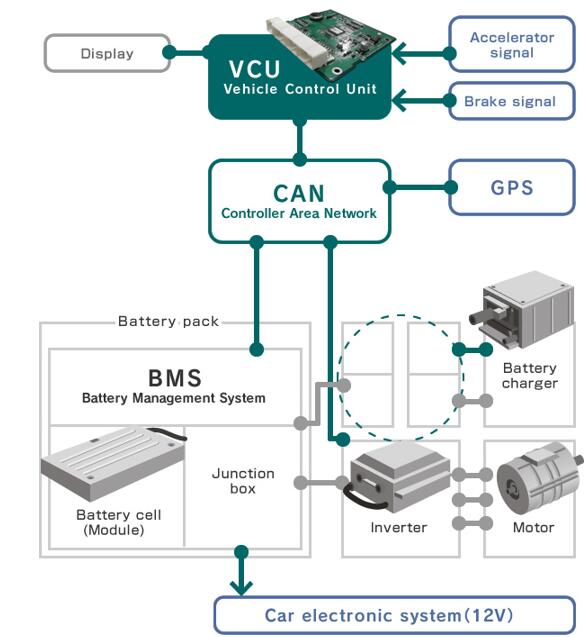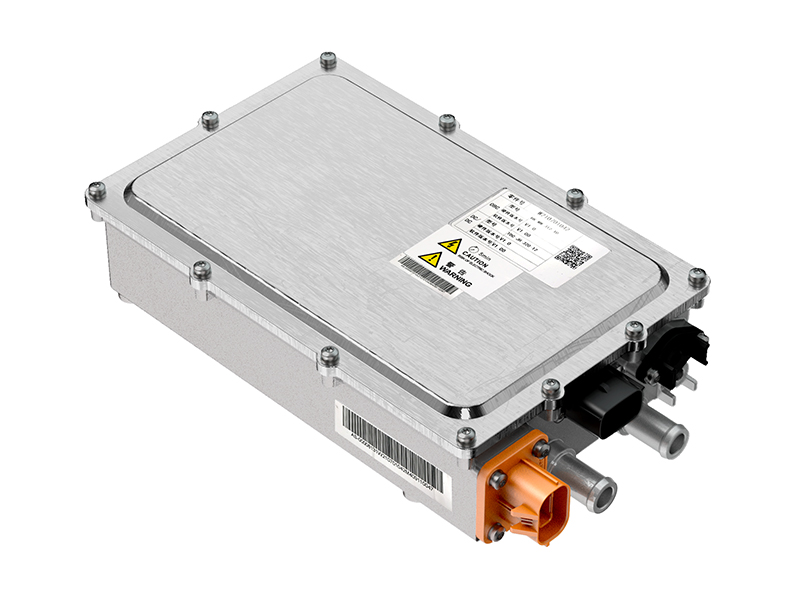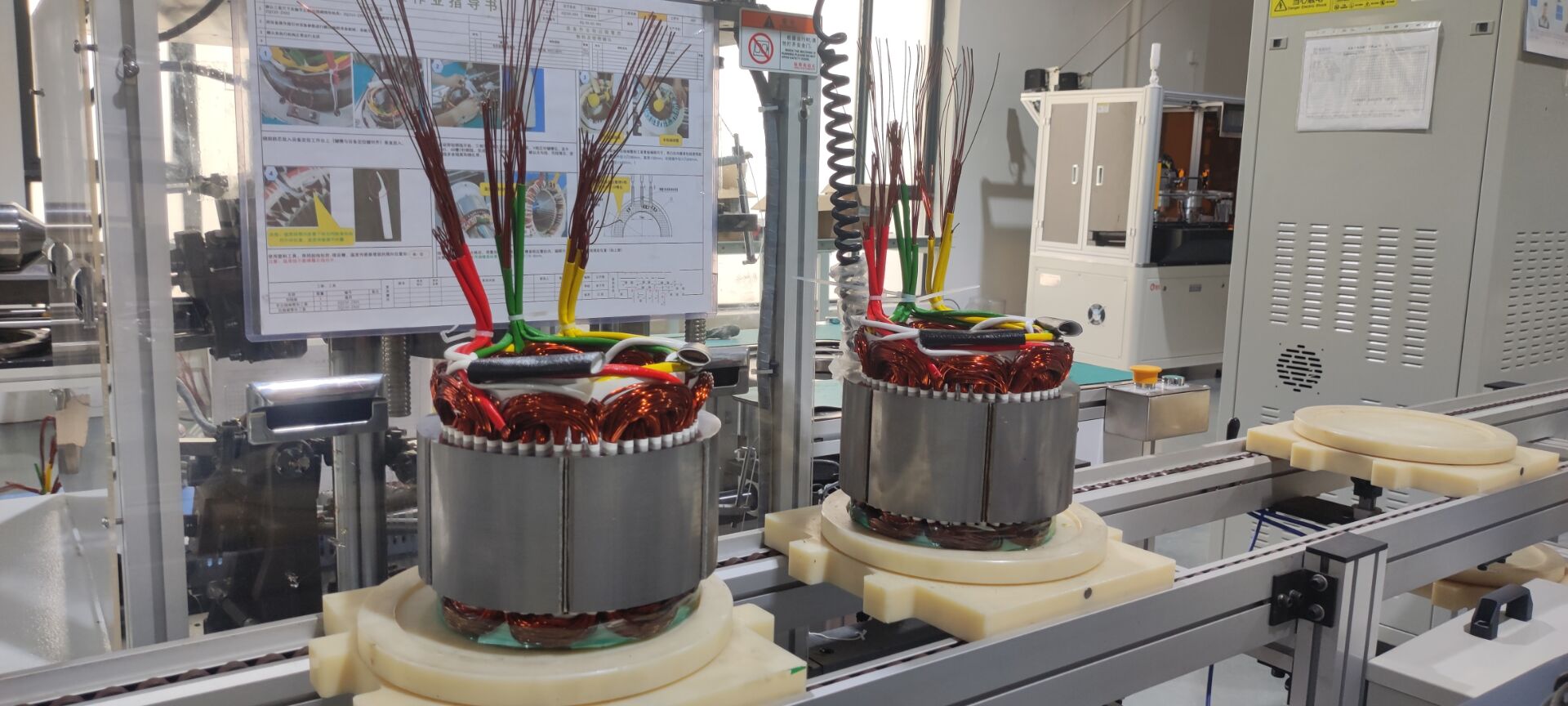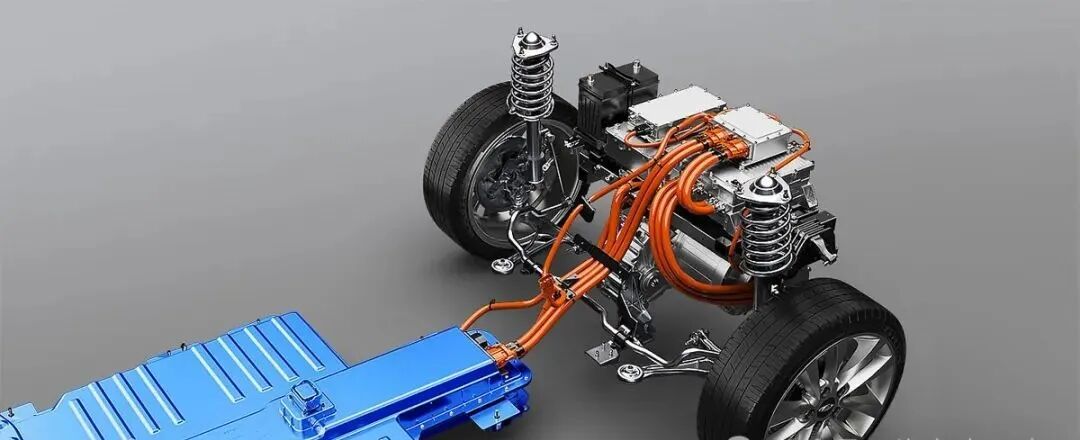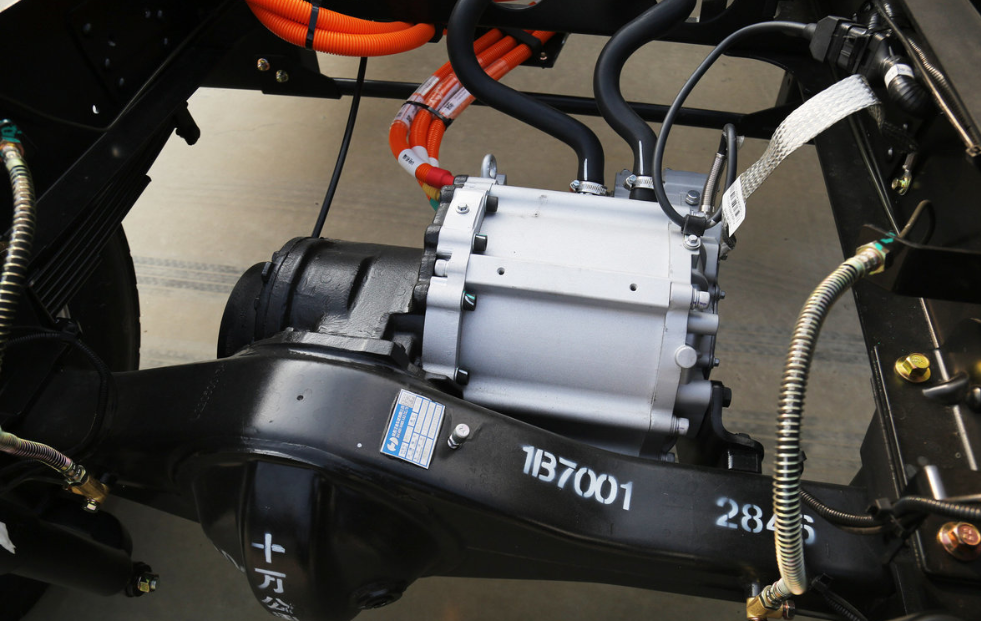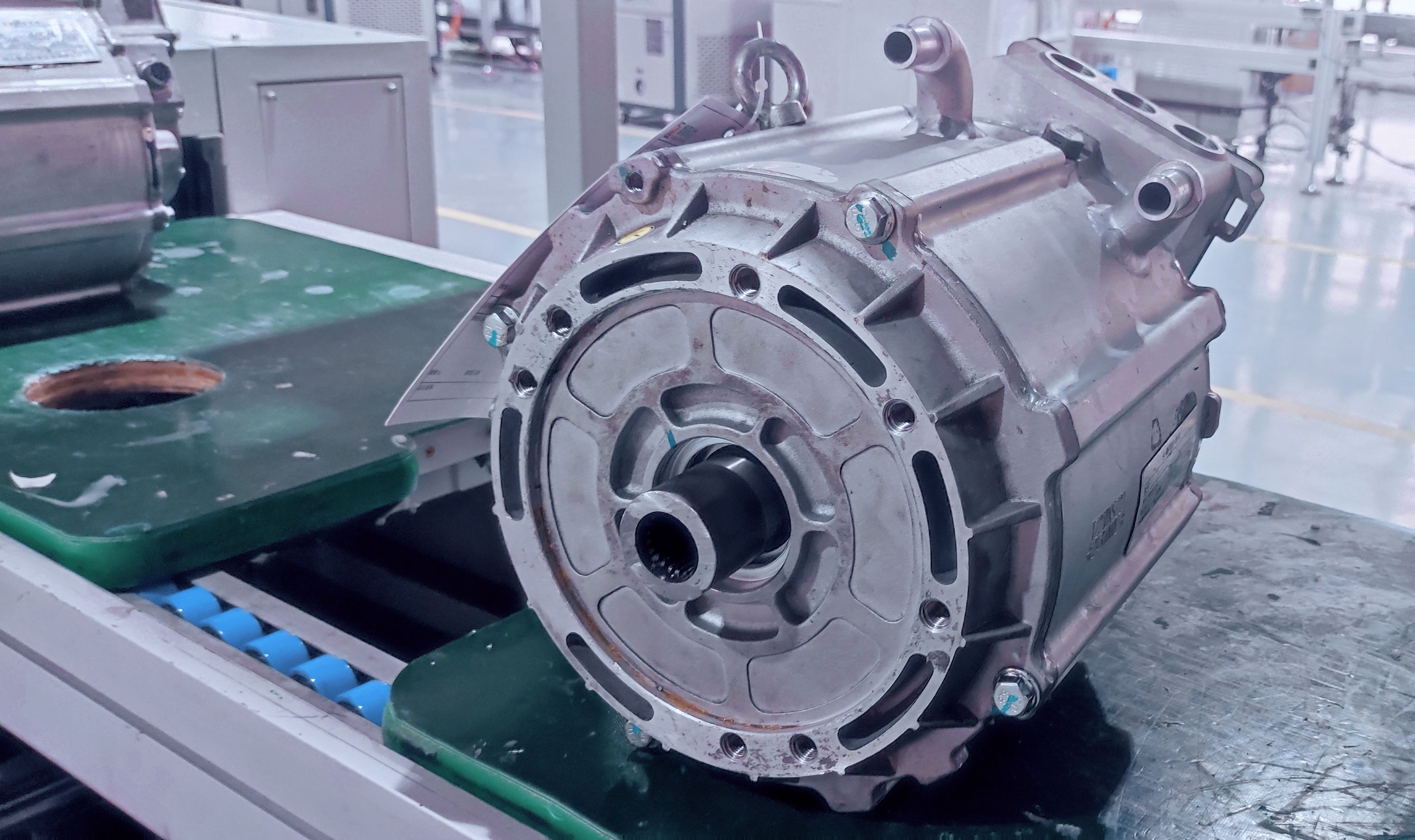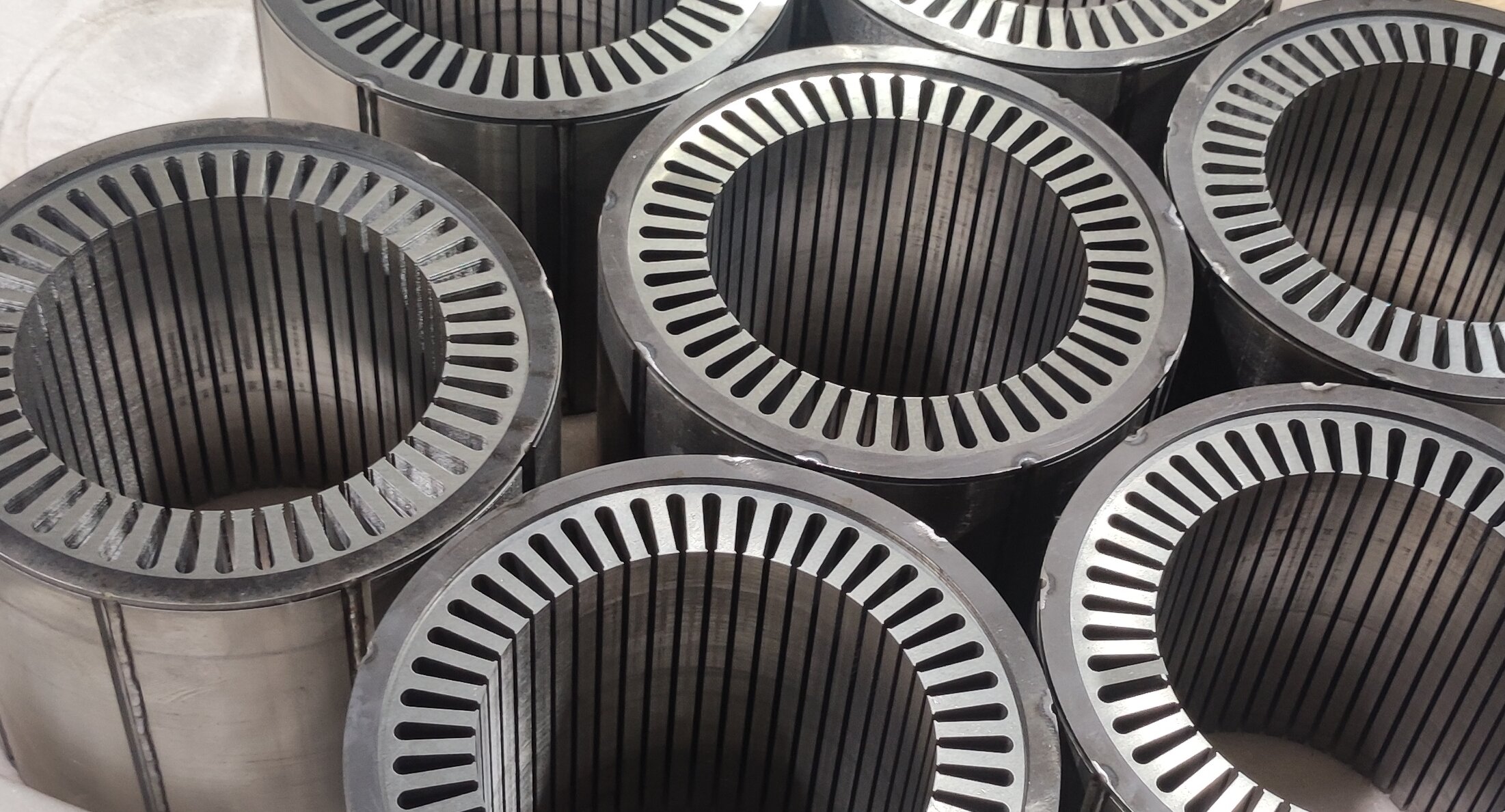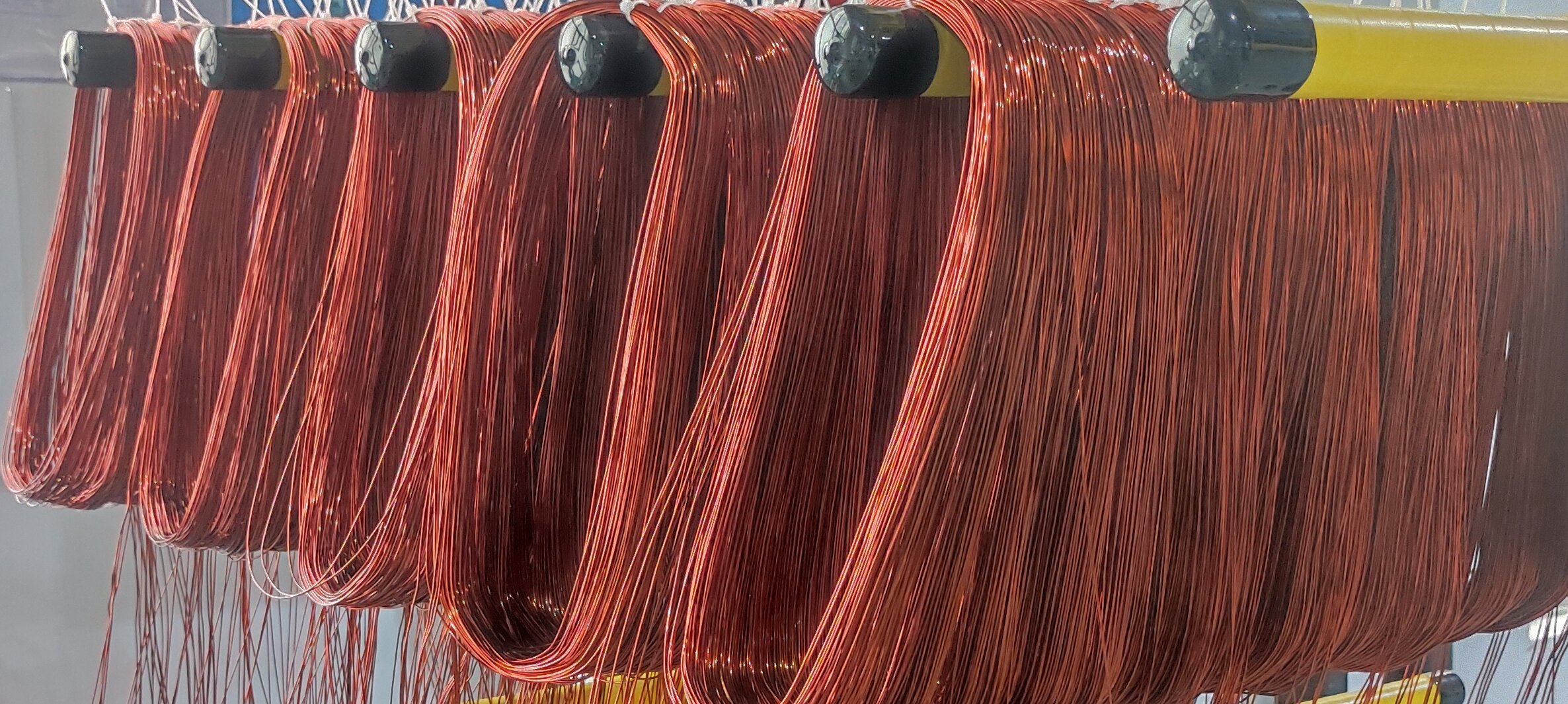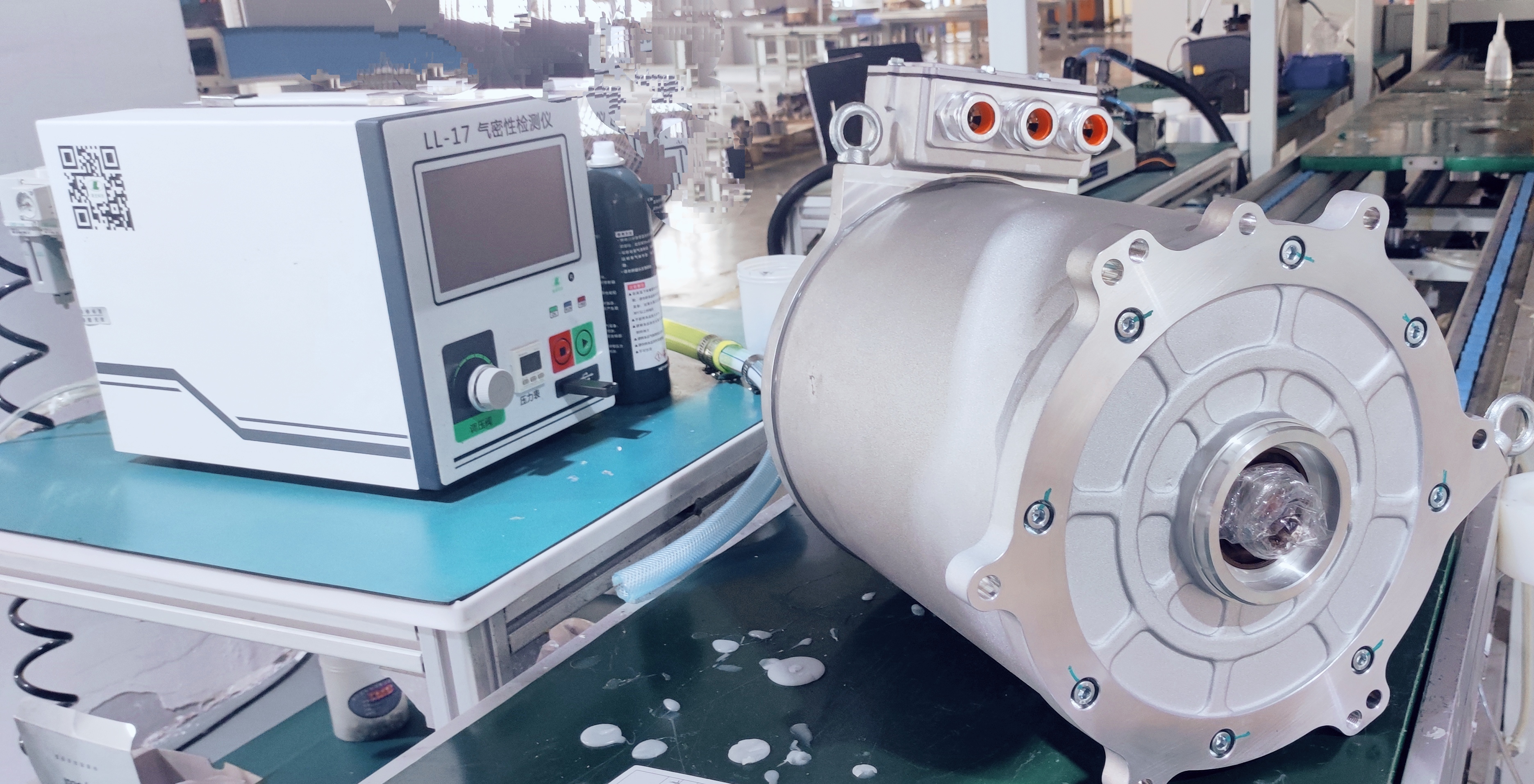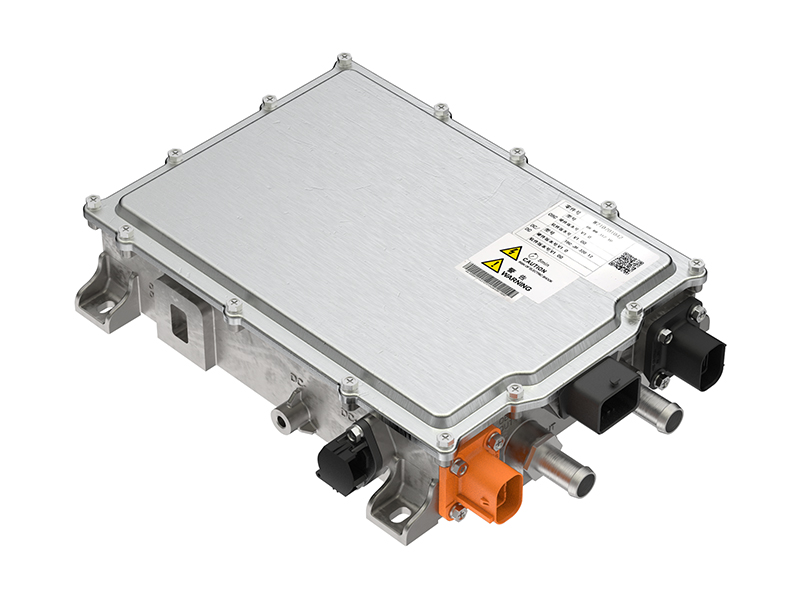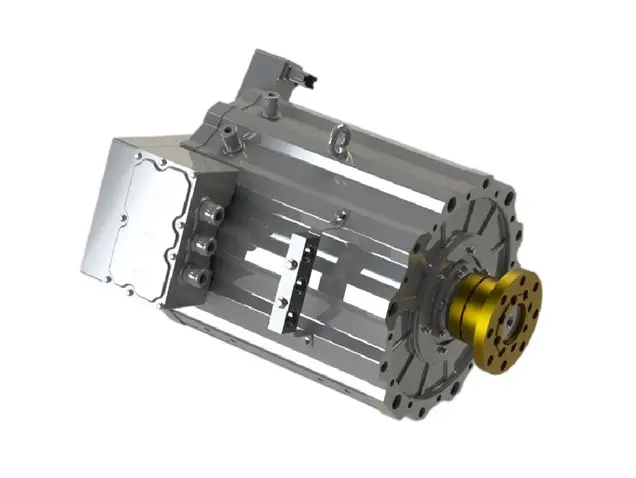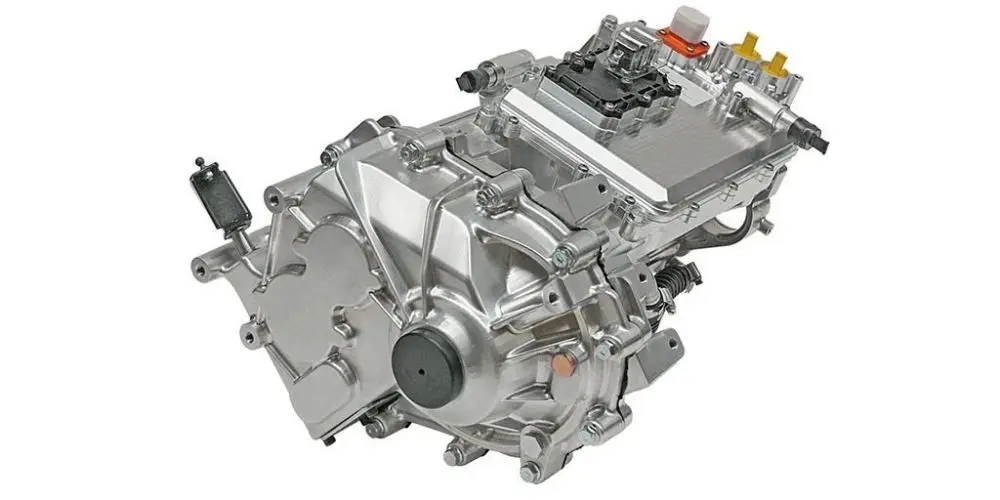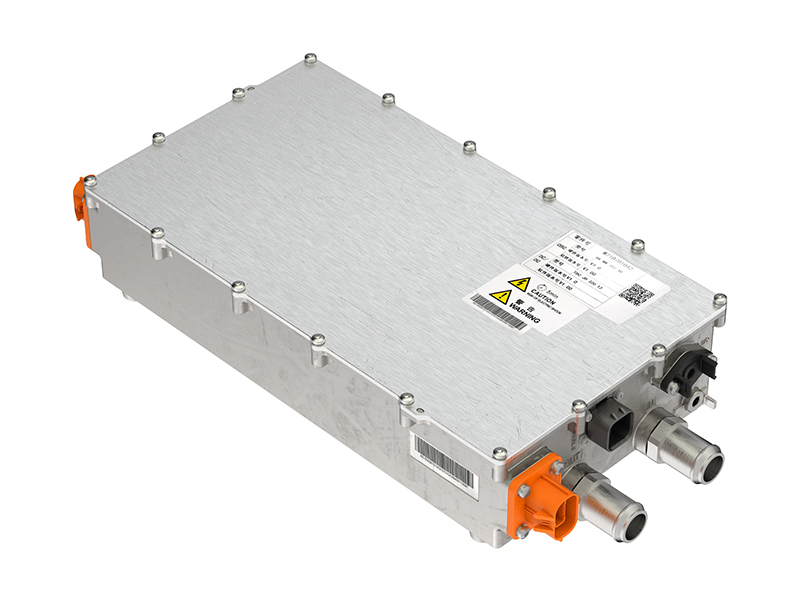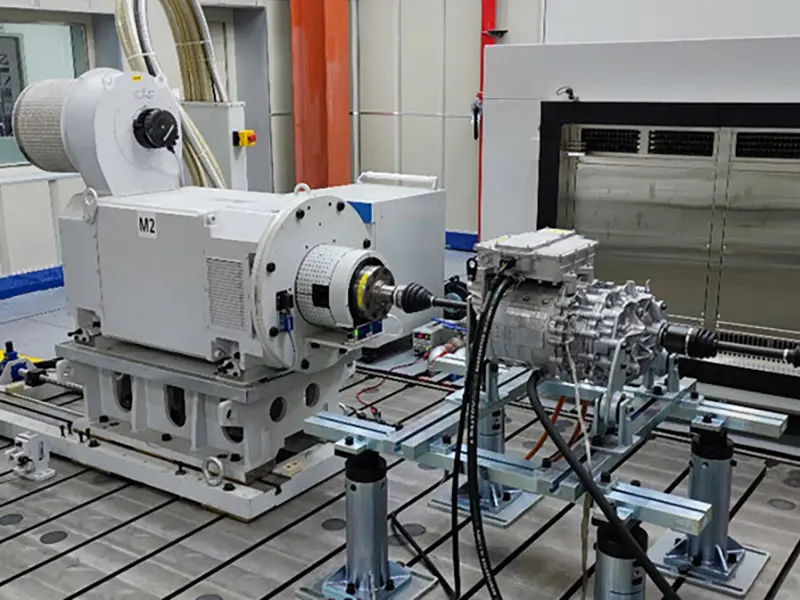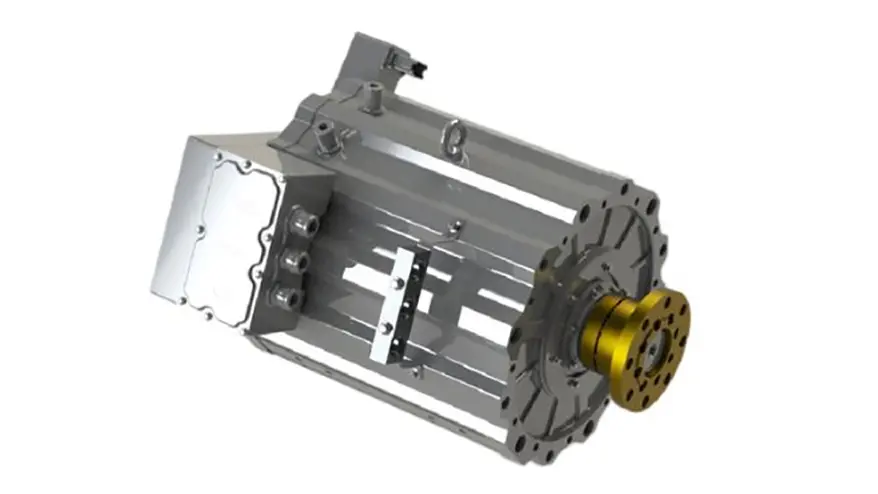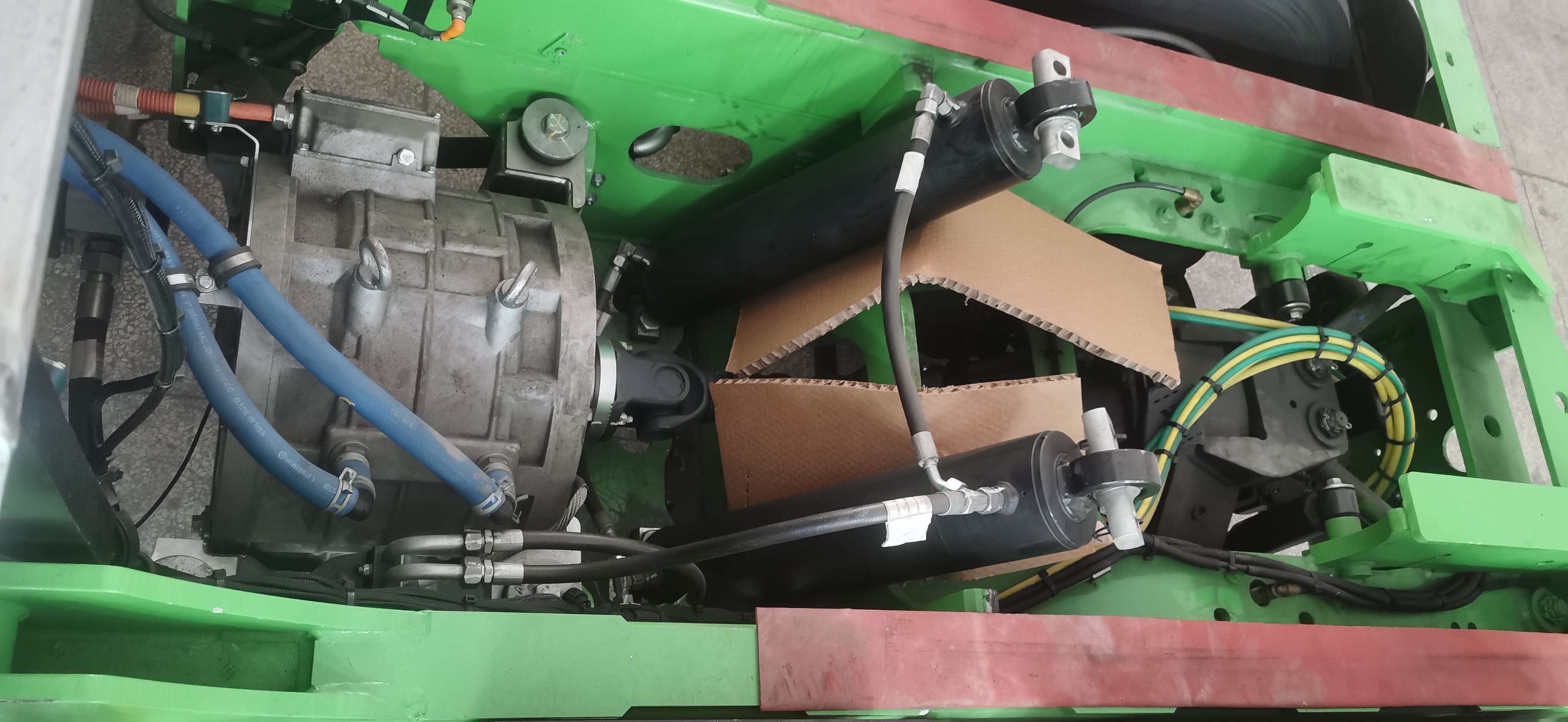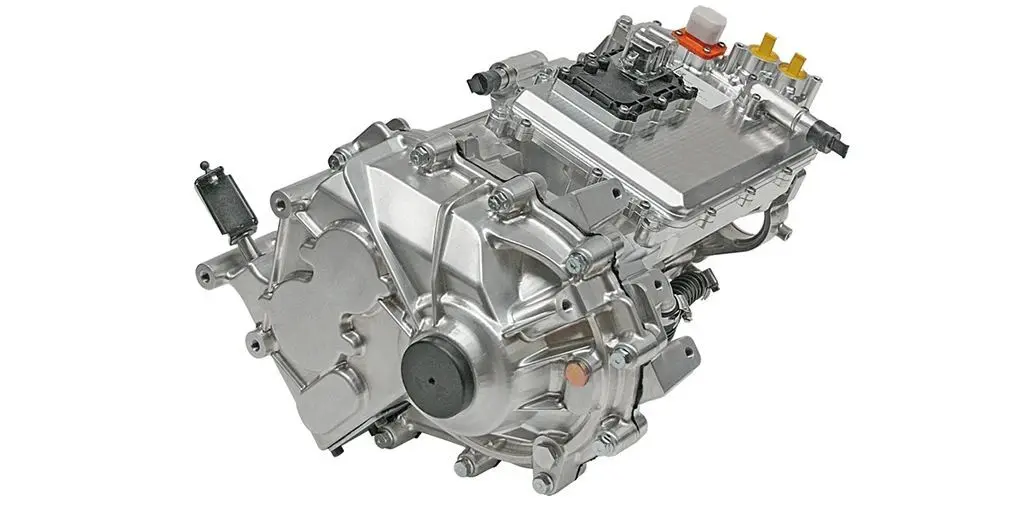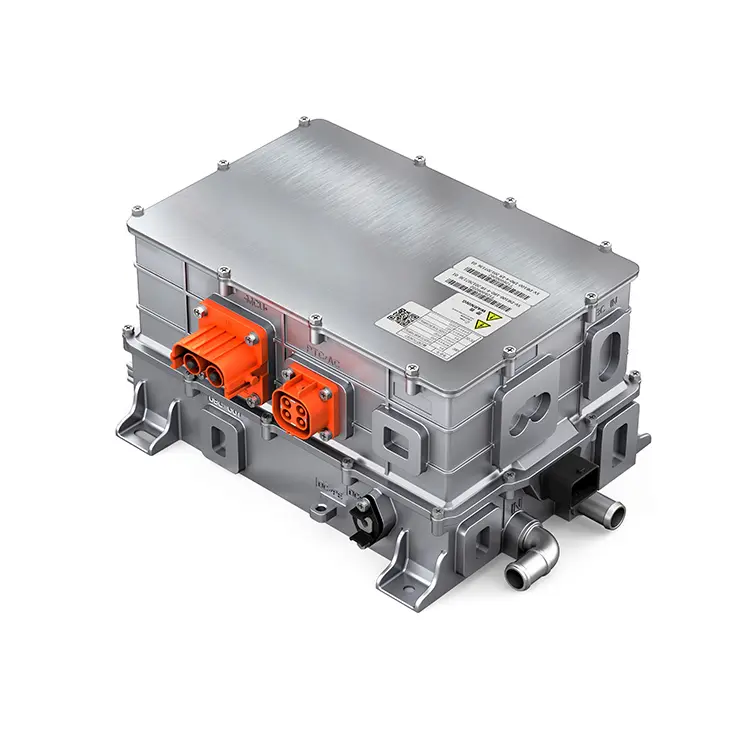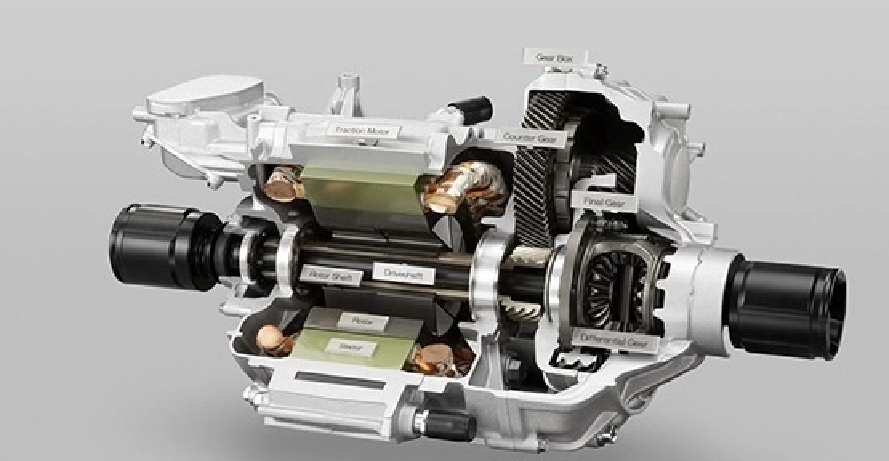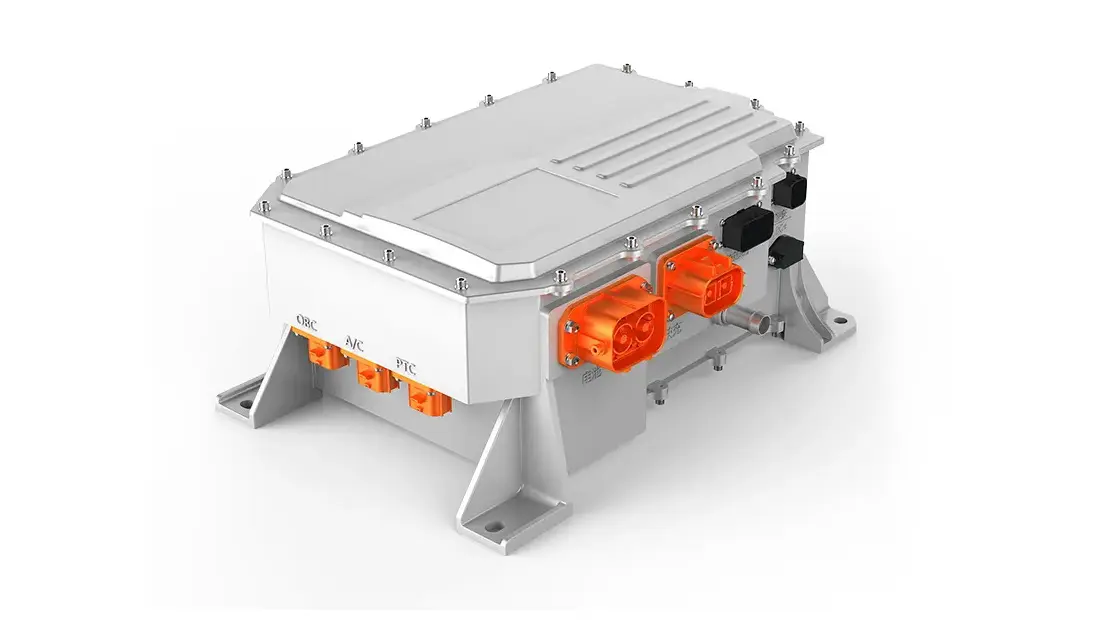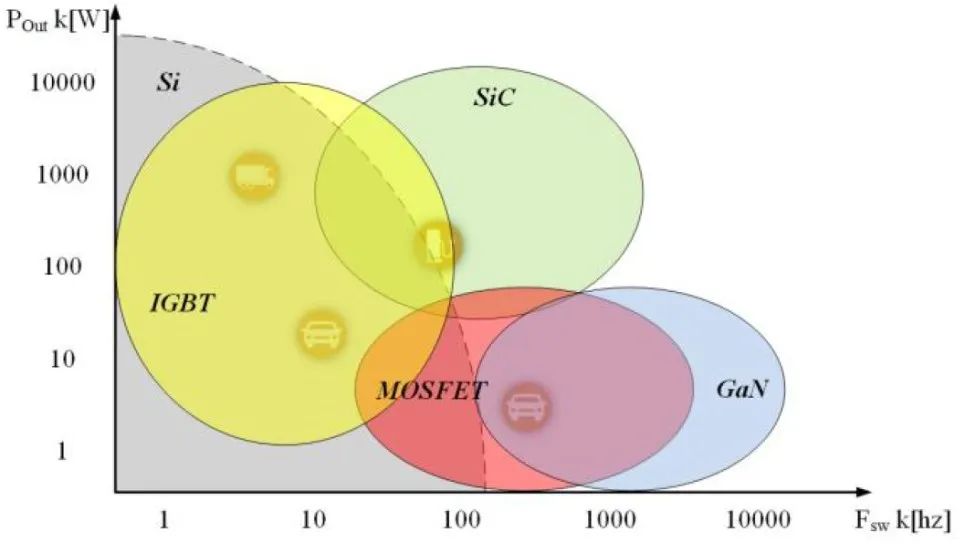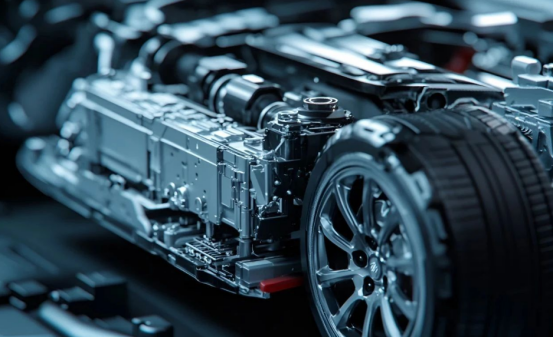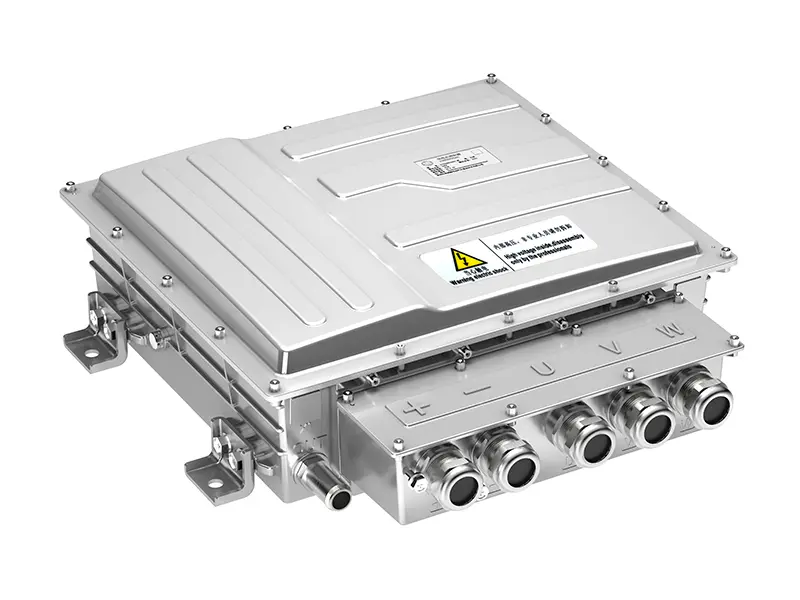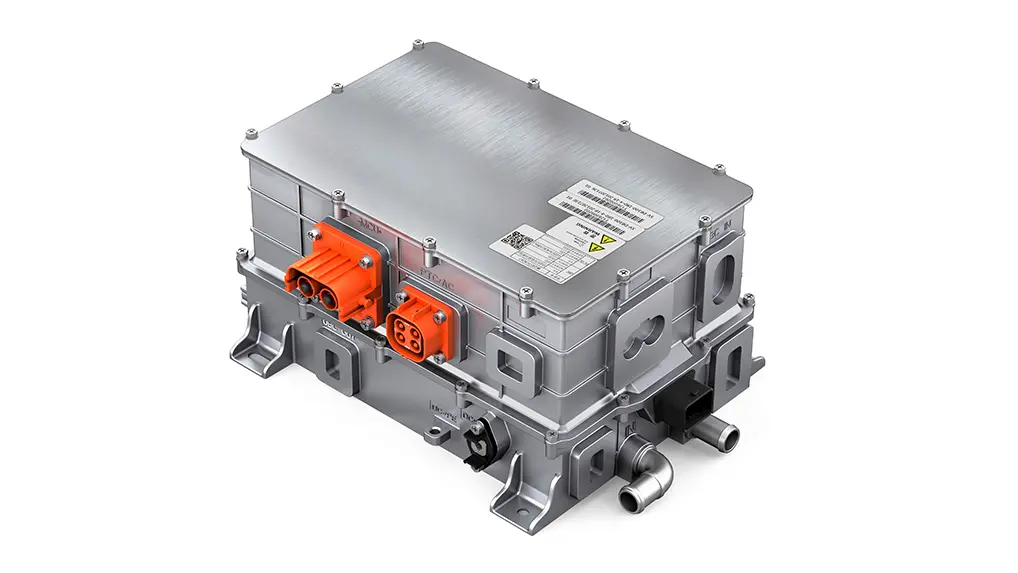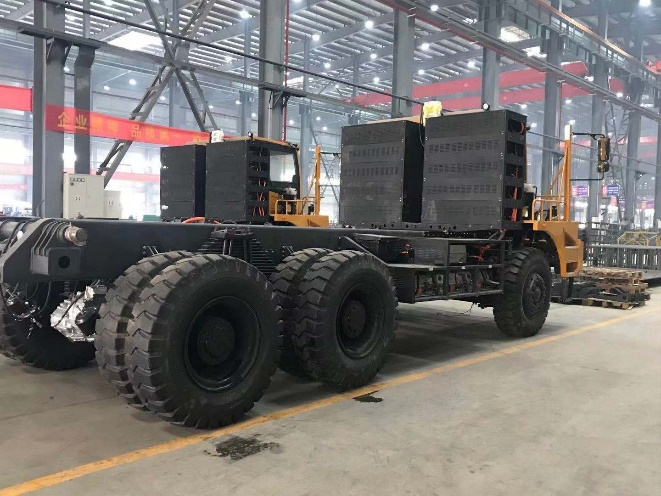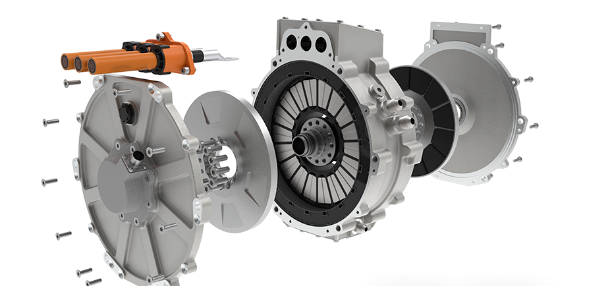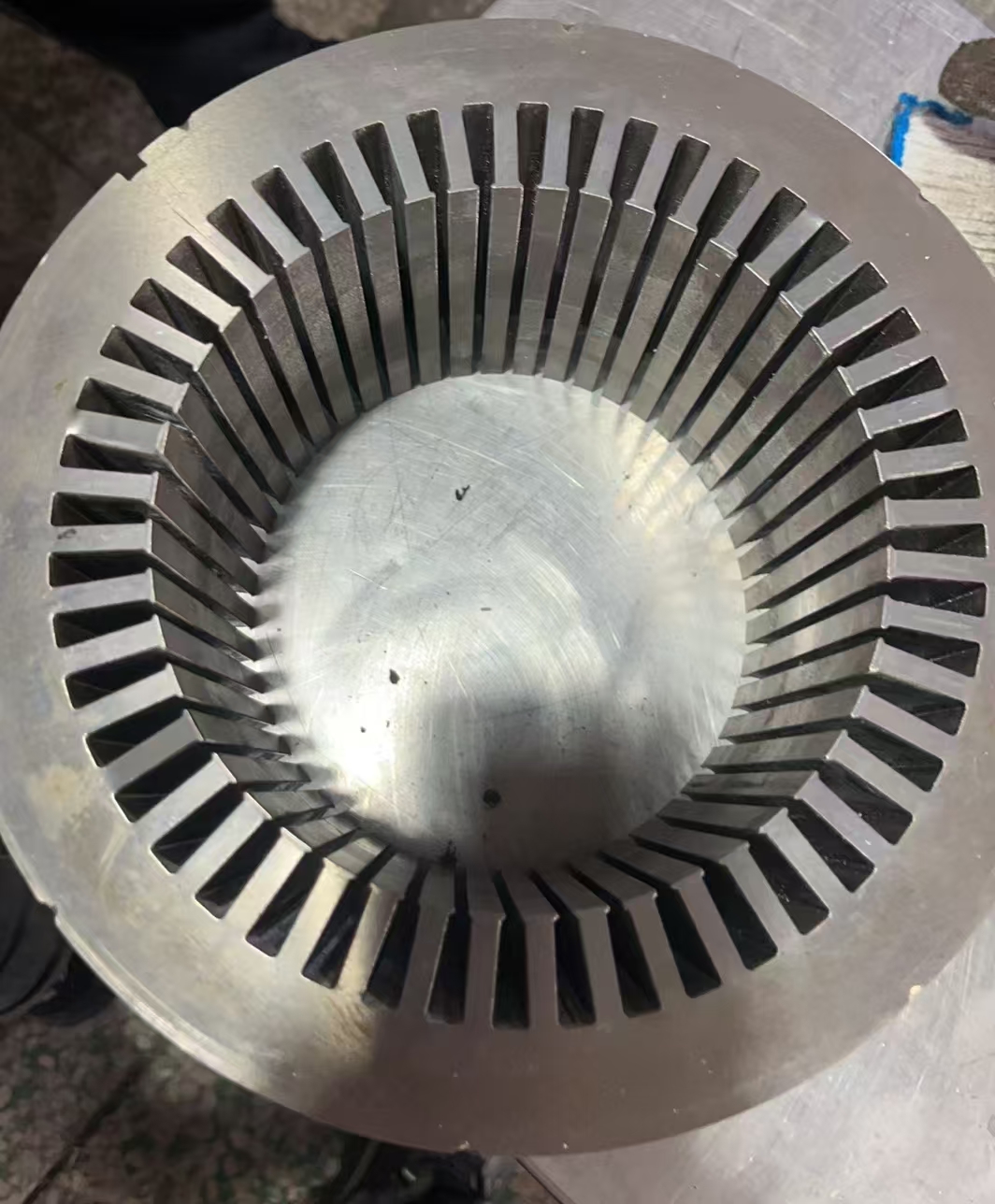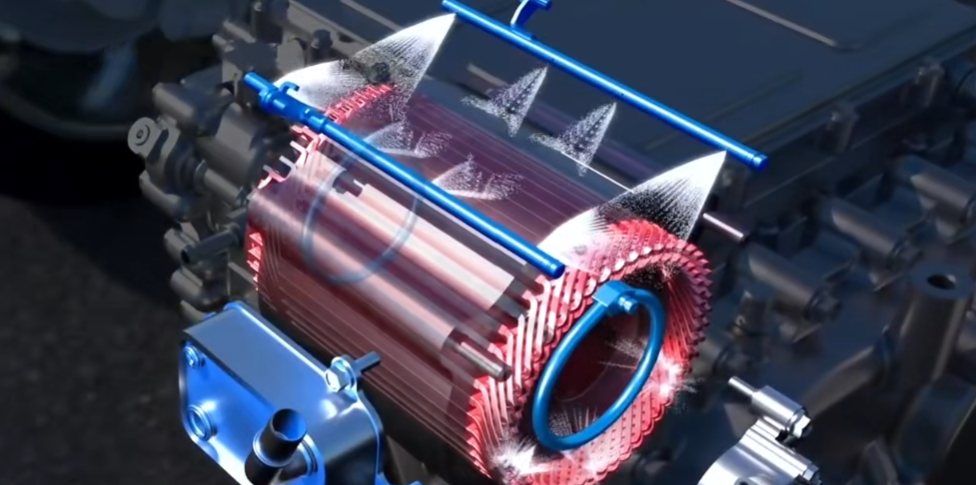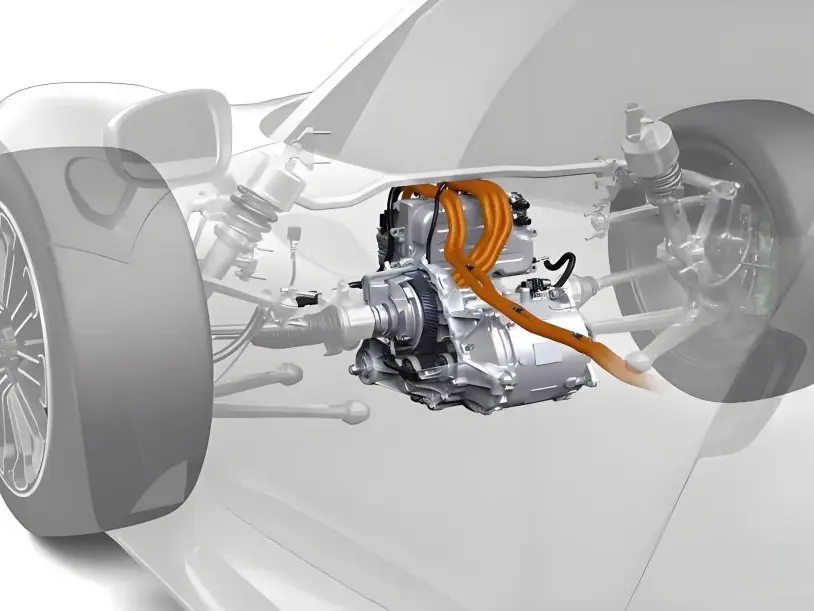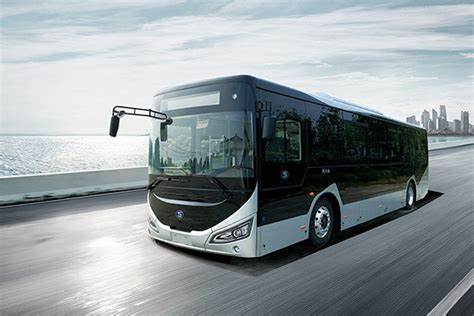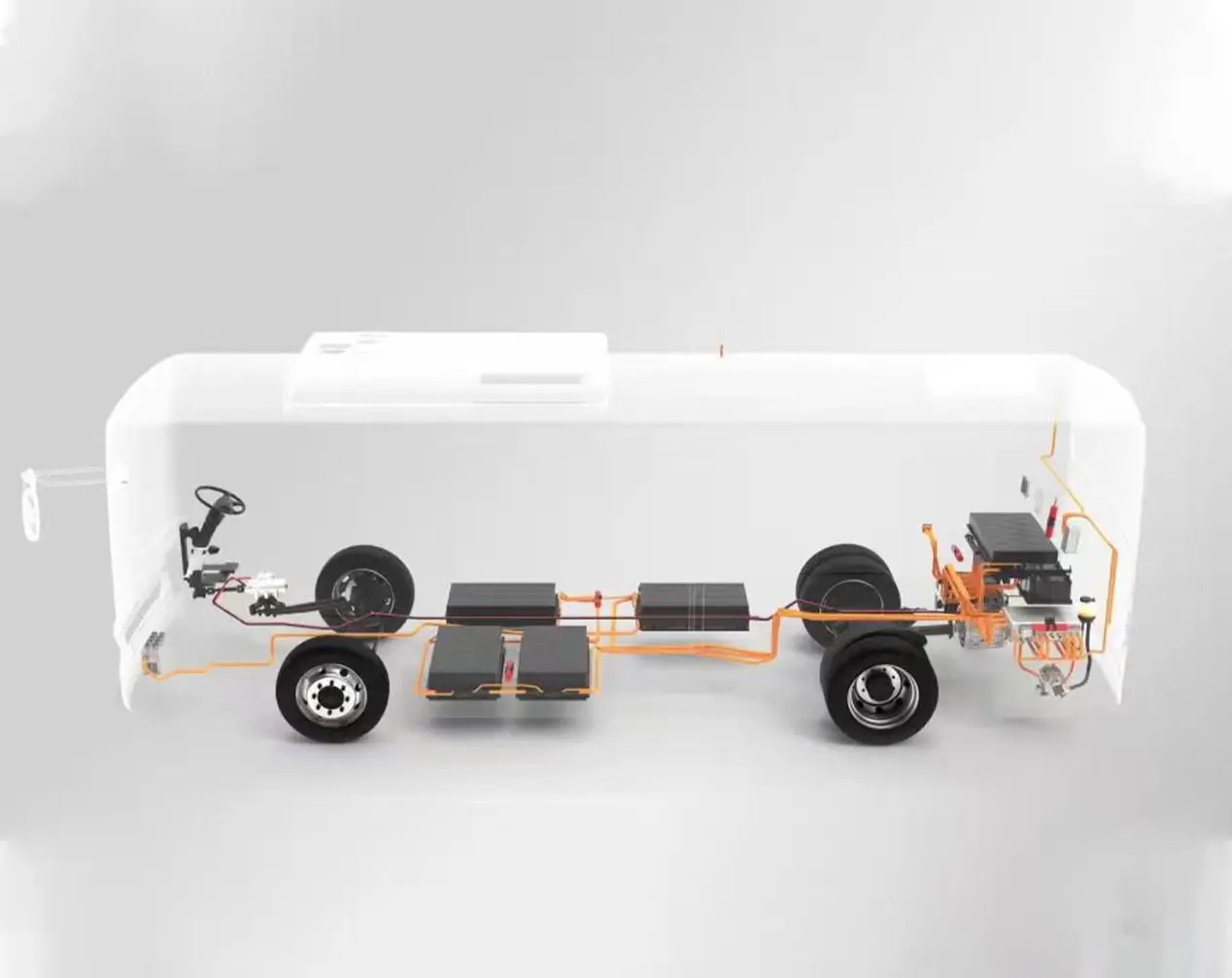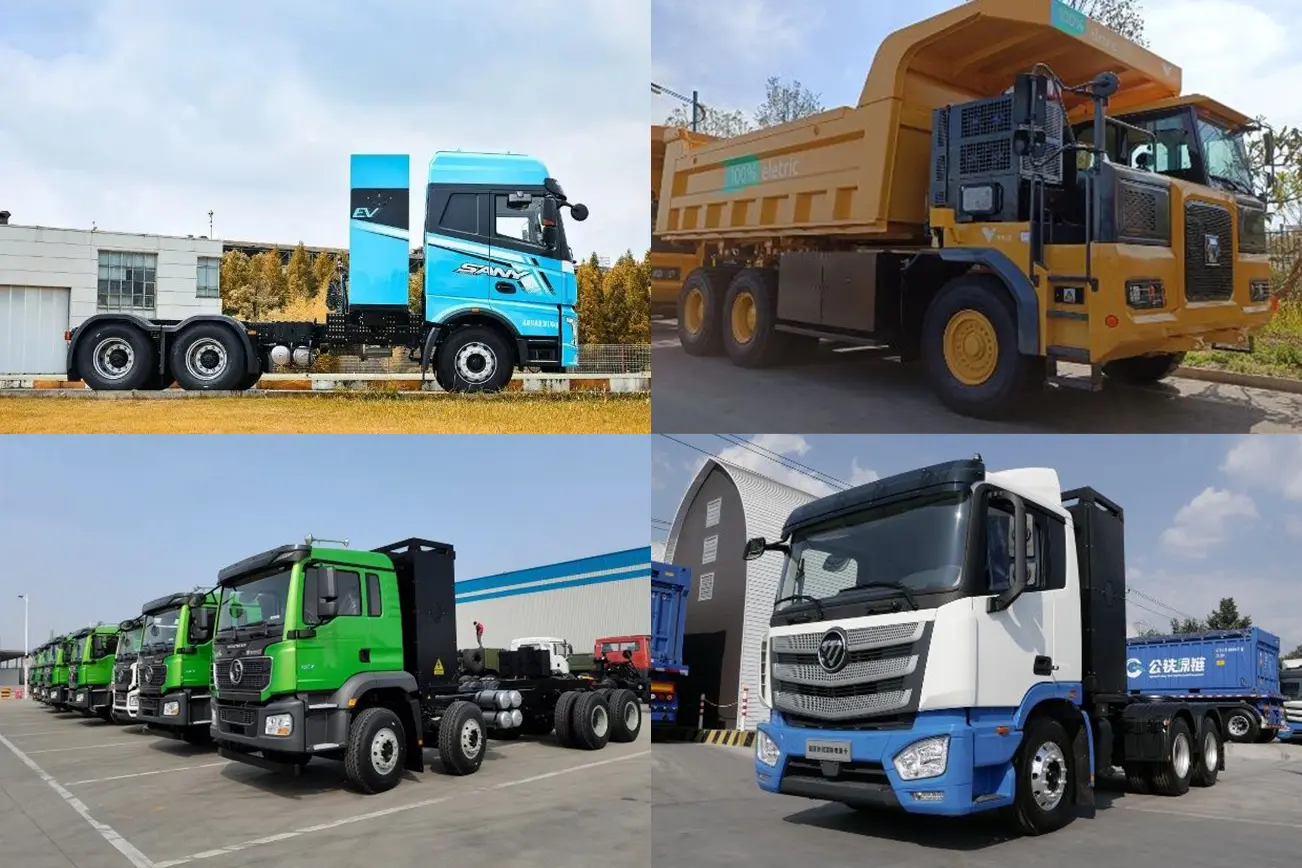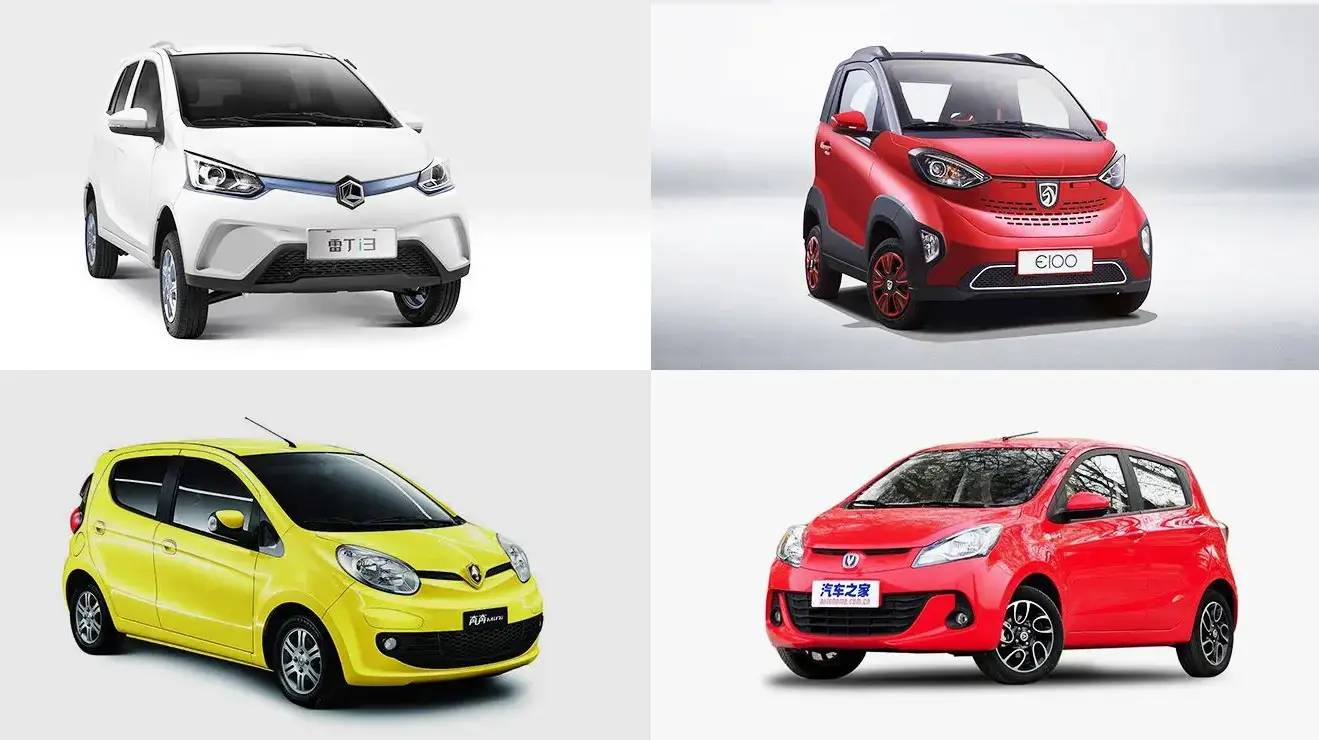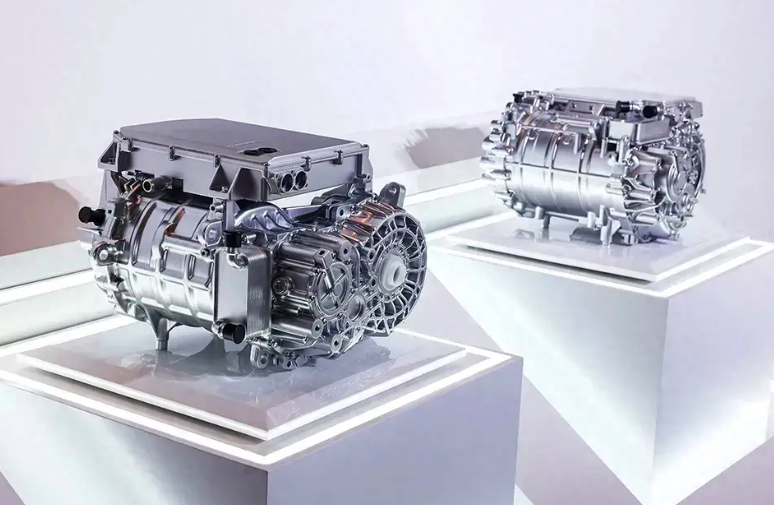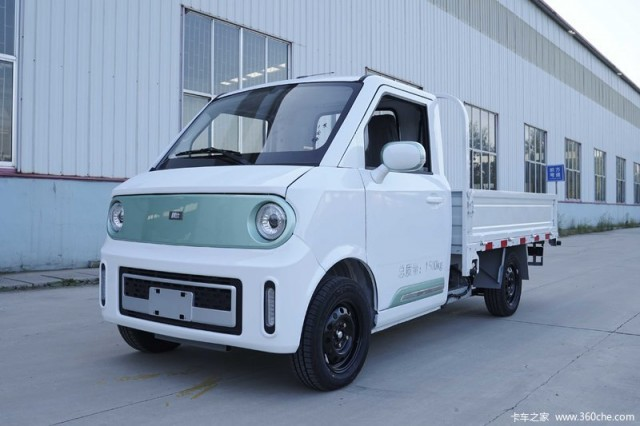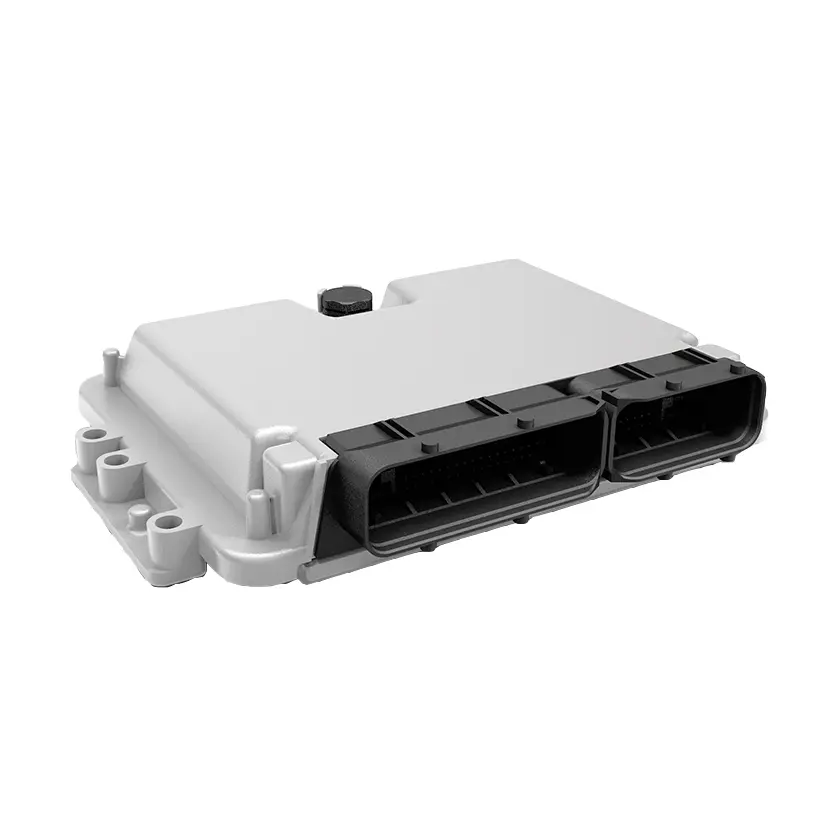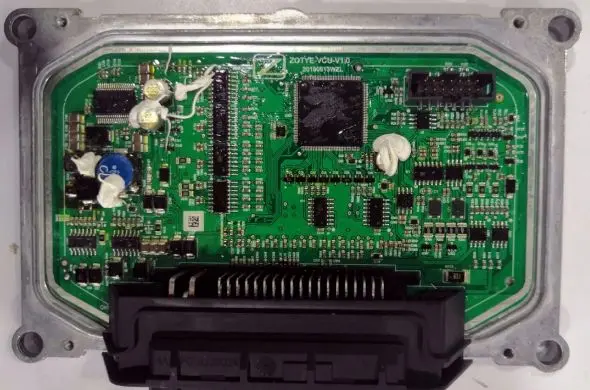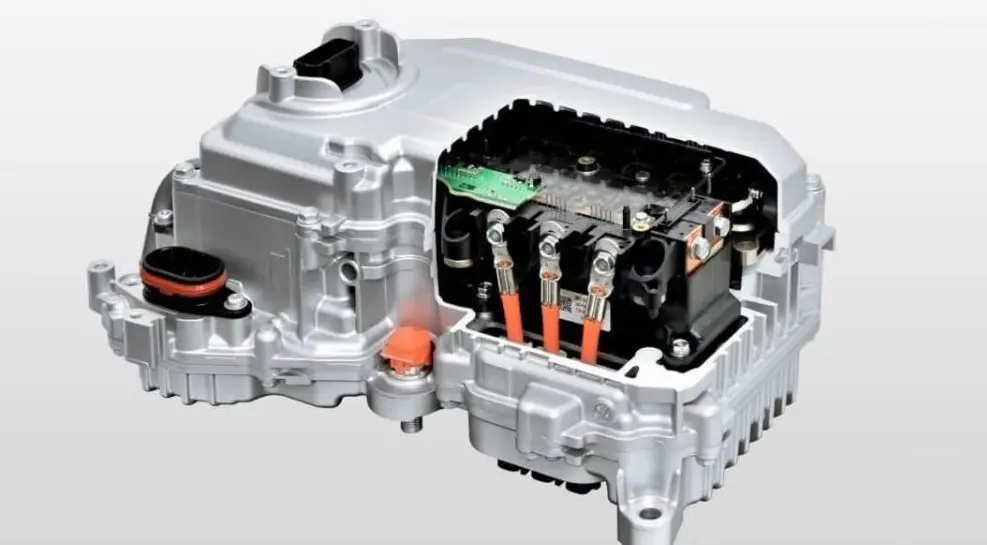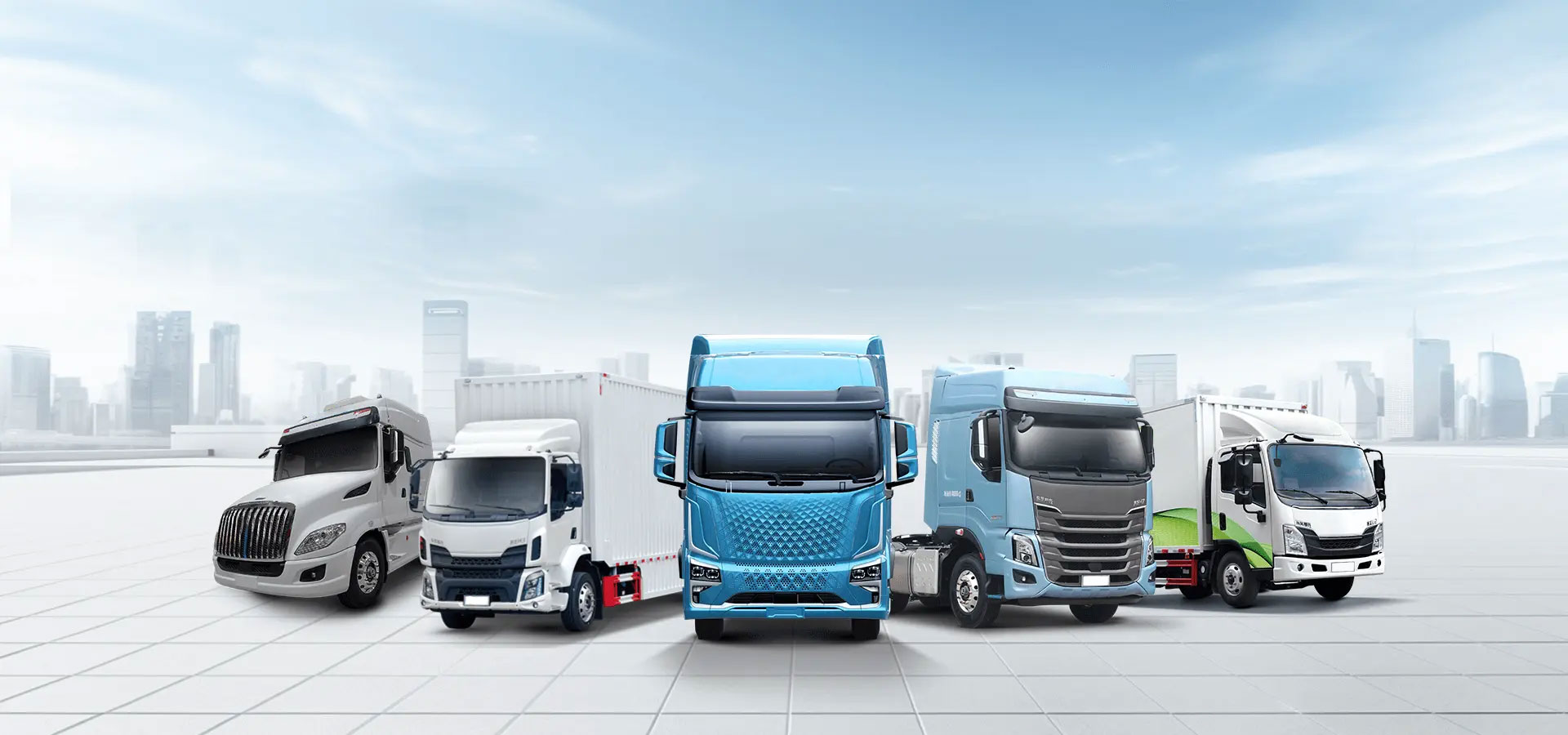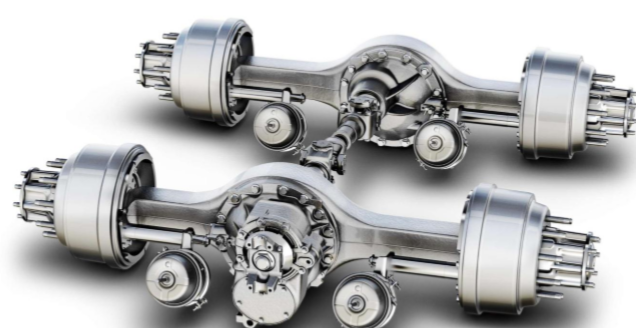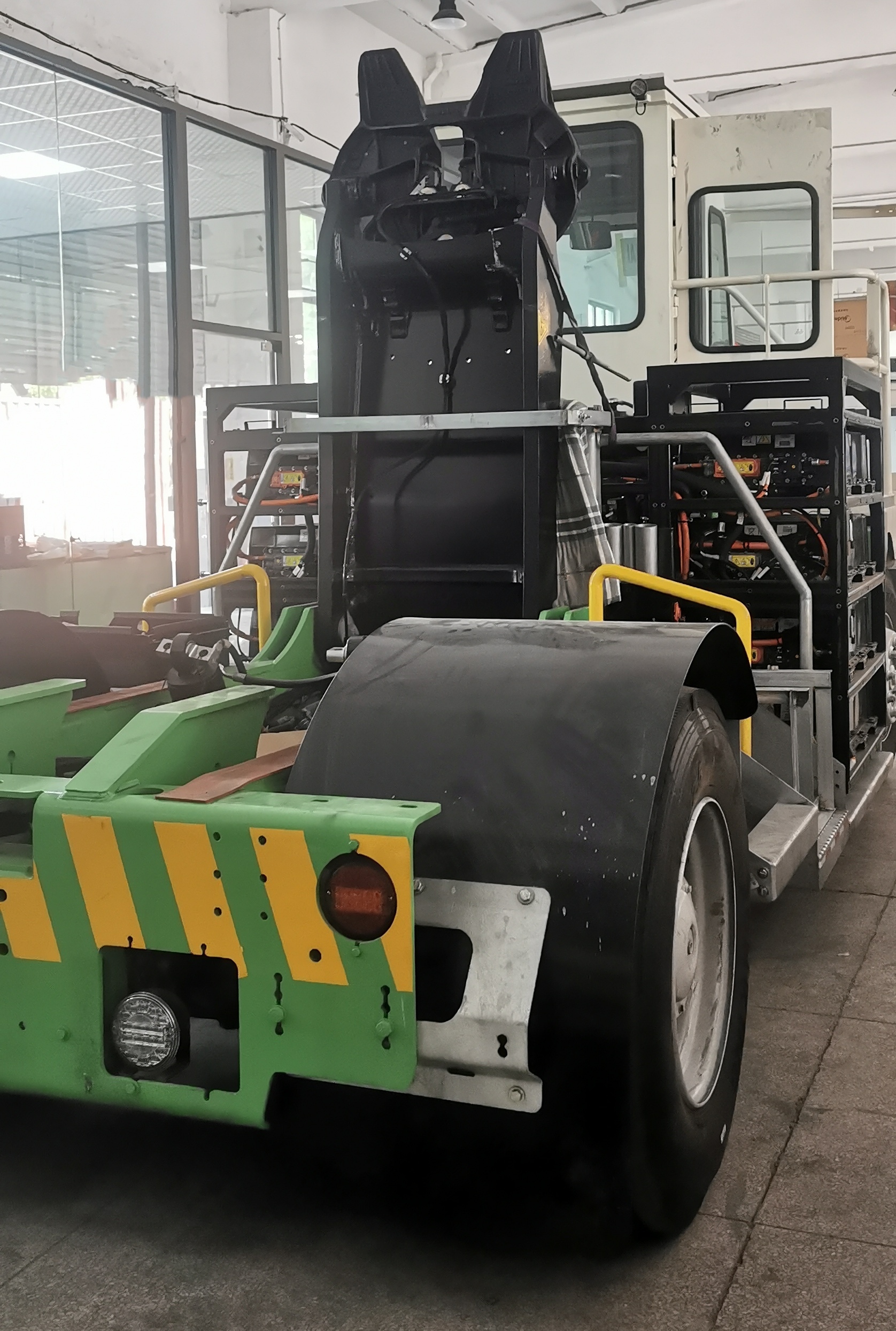An Overview of Motor Control Unit In Electric Vehicle
Introduction: The Heart of Electric Vehicle Performance
Electric vehicles (EVs) are revolutionizing the way we think about transportation, promising cleaner air, quieter cities, and reduced dependence on fossil fuels. But beneath the sleek designs and impressive range figures lies a complex set of systems working in harmony to deliver that smooth, silent ride. Among these, the motor control unit in electric vehicle stands out as one of the most critical components.
Without a high-performing motor control unit (MCU), even the most advanced EVs would struggle with inefficient power usage, jerky acceleration, or worse, potential motor failure. It’s the MCU that translates driver input into precise motor commands, ensuring the vehicle operates safely and efficiently under a variety of conditions.
In this comprehensive guide, we’ll break down the complexities of the MCU, demystifying its functions, components, and importance in EV performance. Whether you're an aspiring engineer, an EV owner curious about how your vehicle works, or a tech enthusiast looking to deepen your understanding, this blog will serve as a valuable resource.
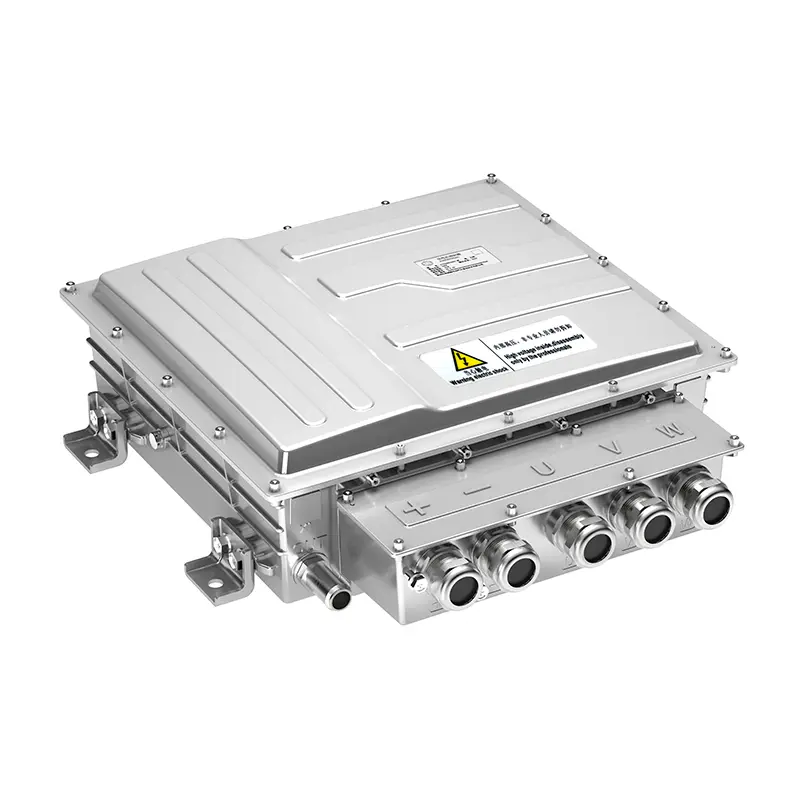
What is a Motor Control Unit in Electric Vehicle?
The motor control unit in electric vehicle is an electronic control system that manages the operation of the electric motor, the key element responsible for propelling the vehicle. Think of the MCU as the conductor of an orchestra—it ensures all parts of the powertrain work together seamlessly, reacting to both driver input and external conditions in real-time.
Functions of the Motor Control Unit:
- Speed Regulation: Adjusts the motor's speed based on the driver's accelerator pedal input.
- Torque Management: Controls the torque output, which directly affects how quickly the vehicle accelerates.
- Direction Control: Manages motor rotation to enable forward and reverse motion.
- Energy Efficiency: Optimizes power usage to extend battery life and range.
- Protection Mechanisms: Monitors system conditions to prevent damage from overheating, overcurrent, or short circuits.
By managing these tasks, the MCU ensures that the vehicle delivers the right amount of power, maintains efficiency, and responds accurately to the driver's commands.
Components of a Motor Control Unit
To understand the inner workings of the motor control unit in electric vehicle, let's break down its key components:
1. Microcontroller or Digital Signal Processor (DSP)
Role: Acts as the "brain" of the MCU
Function: Executes control algorithms based on inputs from sensors and sends signals to power electronics.
Example: High-end EVs may use ARM Cortex-M or specialized DSP chips.
2. Power Electronics (Inverter)
Role: Converts DC power from the battery into AC for AC motors (or regulates DC for DC motors).
Function: Controls motor voltage and frequency using high-speed switching.
Example: Silicon Carbide (SiC) inverters are increasingly used for higher efficiency.
3. Sensors
Current Sensors: Monitor the motor’s current to prevent overcurrent.
Position Sensors (Encoders/Resolvers): Track rotor position for precise control.
Temperature Sensors: Ensure components don’t overheat.
4. Communication Interfaces
CAN Bus: Enables communication between the MCU and other vehicle systems (Battery Management System, Vehicle Control Unit).
Ethernet/Other Protocols: Some advanced MCUs may support higher-bandwidth communication for complex data exchange.
5. Cooling System
Air Cooling: Simple and cost-effective but less efficient.
Liquid Cooling: Common in high-performance EVs for better thermal management.
6. Housing/Enclosure
Role: Protects sensitive electronics from vibrations, dust, and moisture.
Material: Often made from aluminum for better heat dissipation.
How Does the Motor Control Unit Work?
The process behind the motor control unit in electric vehicle may seem complex, but we can break it down step-by-step:
Step 1: Receiving Input
The driver presses the accelerator pedal.
A signal proportional to the pedal’s position is sent to the MCU.
Step 2: Processing Data
The MCU collects data from:
- Accelerator pedal
- Battery state (voltage, SOC)
- Motor speed
- Temperature sensors
Step 3: Running Control Algorithms
The MCU uses algorithms like Field Oriented Control (FOC) to calculate the required voltage and current for the motor.
FOC: Maximizes motor efficiency by controlling the magnetic field in the motor.
Step 4: Signal Output to Power Electronics
The MCU generates high-frequency Pulse Width Modulation (PWM) signals.
These PWM signals control the inverter, which then adjusts the motor’s voltage and frequency.
Step 5: Motor Operation
The motor responds to the MCU’s commands.
Acceleration, deceleration, and regenerative braking are managed.
Step 6: Continuous Feedback Loop
The MCU monitors motor performance and adjusts parameters in real-time.
Ensures optimal power delivery and protects the motor from faults.

Types of Motor Control Units Based on Motor Types
The motor control unit in electric vehicle varies based on the type of electric motor it controls. Different motors require different control strategies:
1. DC Motor Controllers
Simpler Design: Control achieved by varying voltage.
Use Case: Early EVs, low-cost electric scooters.
Control Methods: PWM for speed control.
2. AC Induction Motor Controllers
Requires Inverter: Converts DC to AC with variable frequency.
Use Case: Older Tesla models, some industrial EVs.
Control Methods: Vector control (FOC) for efficiency.
3. Permanent Magnet Synchronous Motor (PMSM) Controllers
High Efficiency: Better power density than induction motors.
Use Case: Most modern EVs (Tesla Model 3, Nissan Leaf).
Control Methods: FOC, requires rotor position sensing.
4. Brushless DC Motor (BLDC) Controllers
Hybrid Characteristics: Combines DC and AC control strategies.
Use Case: E-bikes, smaller EVs.
Control Methods: Commutation control with or without sensors.
Advantages of Motor Control Units in Electric Vehicles
The motor control unit in electric vehicle plays a critical role in ensuring that EVs outperform traditional combustion-engine vehicles in many ways:
1. Improved Efficiency
Optimized torque and speed control minimizes energy waste and extends driving range.
2. Enhanced Driving Comfort
Smooth acceleration and deceleration
Immediate torque delivery ensures a responsive drive
3. Motor Protection
Detects and prevents overcurrent, overvoltage, and overheating
4. Regenerative Braking
Converts kinetic energy back into electrical energy during braking, improving energy efficiency
5. Flexibility and Scalability
Adaptable to different motor types, vehicle sizes, and performance requirements
Emerging Trends and Future of Motor Control Units
The future of the motor control unit in electric vehicle is being shaped by several exciting trends:
1. Integration with AI and Machine Learning
Predictive maintenance and adaptive control based on real-world driving data.
2. GaN and SiC Power Electronics
Gallium Nitride (GaN) and Silicon Carbide (SiC) devices allow faster switching, higher efficiency, and smaller sizes.
3. Wireless Motor Control
Experimental designs are looking at reducing wired connections, enhancing reliability.
4. Modular and Scalable MCU Designs
Manufacturers developing platforms that can scale across different vehicle models.
5. Cybersecurity Enhancements
As MCUs connect with more vehicle systems, protecting them from hacking becomes crucial.
Conclusion
The motor control unit in electric vehicle plays a pivotal role in defining the performance, efficiency, and safety of modern EVs. From managing torque delivery to implementing regenerative braking and protecting against system faults, the MCU is a marvel of integrated hardware and software engineering.
As EV technology continues to advance, the motor control unit will also evolve—becoming smarter, more efficient, and more adaptable. Whether you're working on designing the next-generation electric car or simply curious about how your EV operates so smoothly, understanding the MCU gives valuable insight into the heart of electric mobility.
Read More: Hydrogen Powertrain: The Future of Clean Energy in Mobility









